Moosehead Lake SkyWatch Gallery
Welcome to the Gallery of Moosehead Lake SkyWatch where breathtaking views of the night sky come to life!
This space offers a peak into the events and astrophotography that reflects the adventures at Far Reach Observatory here at
Burnt Jacket and sometimes complemented from Far Reach Observatory in New Mexico. All images by DFY unless noted.
Come and explore our snapshots as we build our gallery in the months ahead..

FRO site showing 600mm CDK dome, refractor dome with Lunt solar scope and 130mm Takahashi refractor, roll-off roof observatory with 440mm SCT and 330mm CDK reflectors. Observatory office, power center and restrooms are lower left. Six tent sites are also visible.
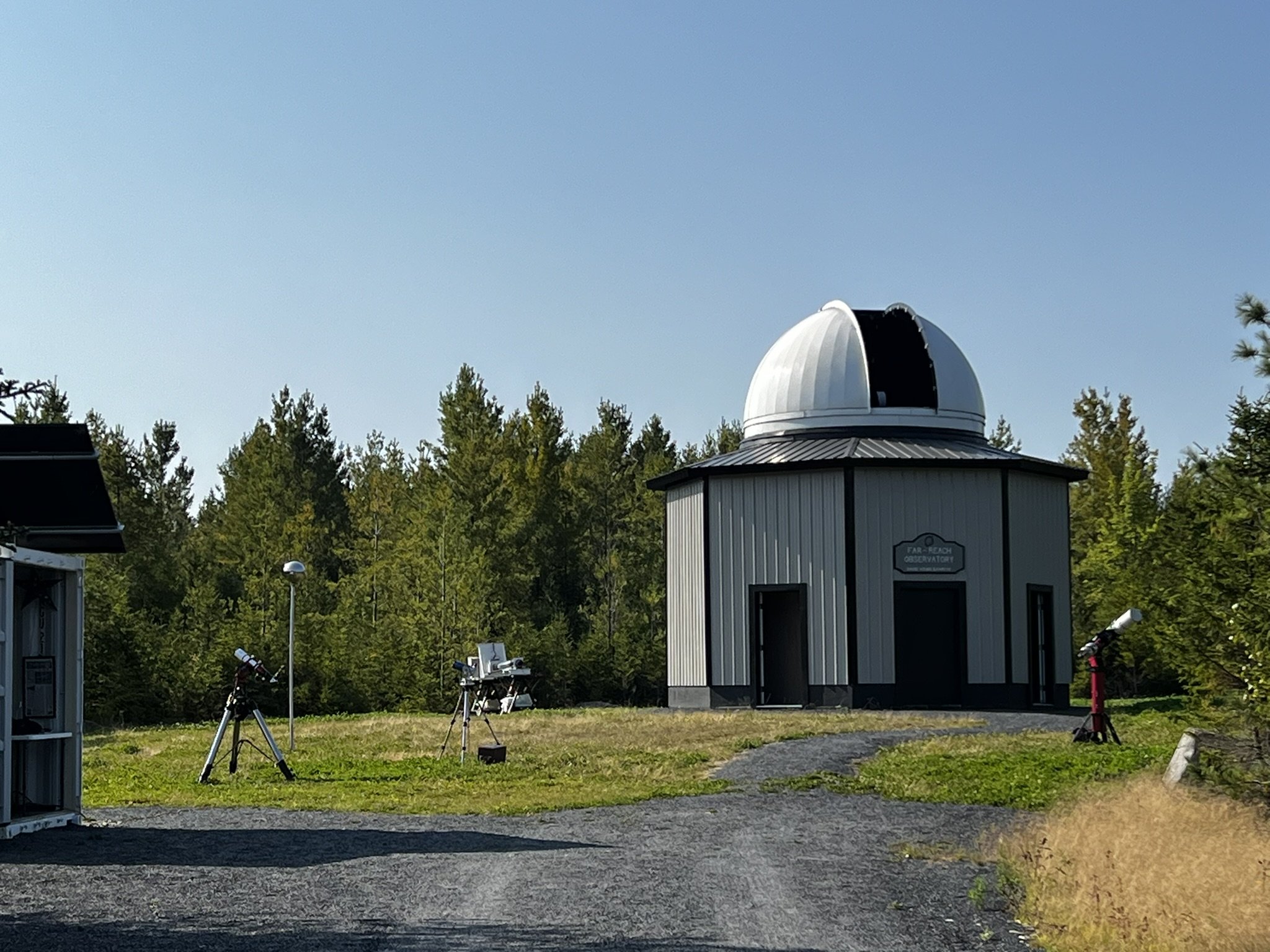
The mysterious Sculptor galaxy, rapidly forming new stars 11 million light years from Earth. At its center is a massive black hole some 5 million times more massive than the Sun. The dark dust lanes in the galaxy's spiral arms fuel new stars.

Gnomon eclipse :)

Crisp and Cold Moosehead Nights Await
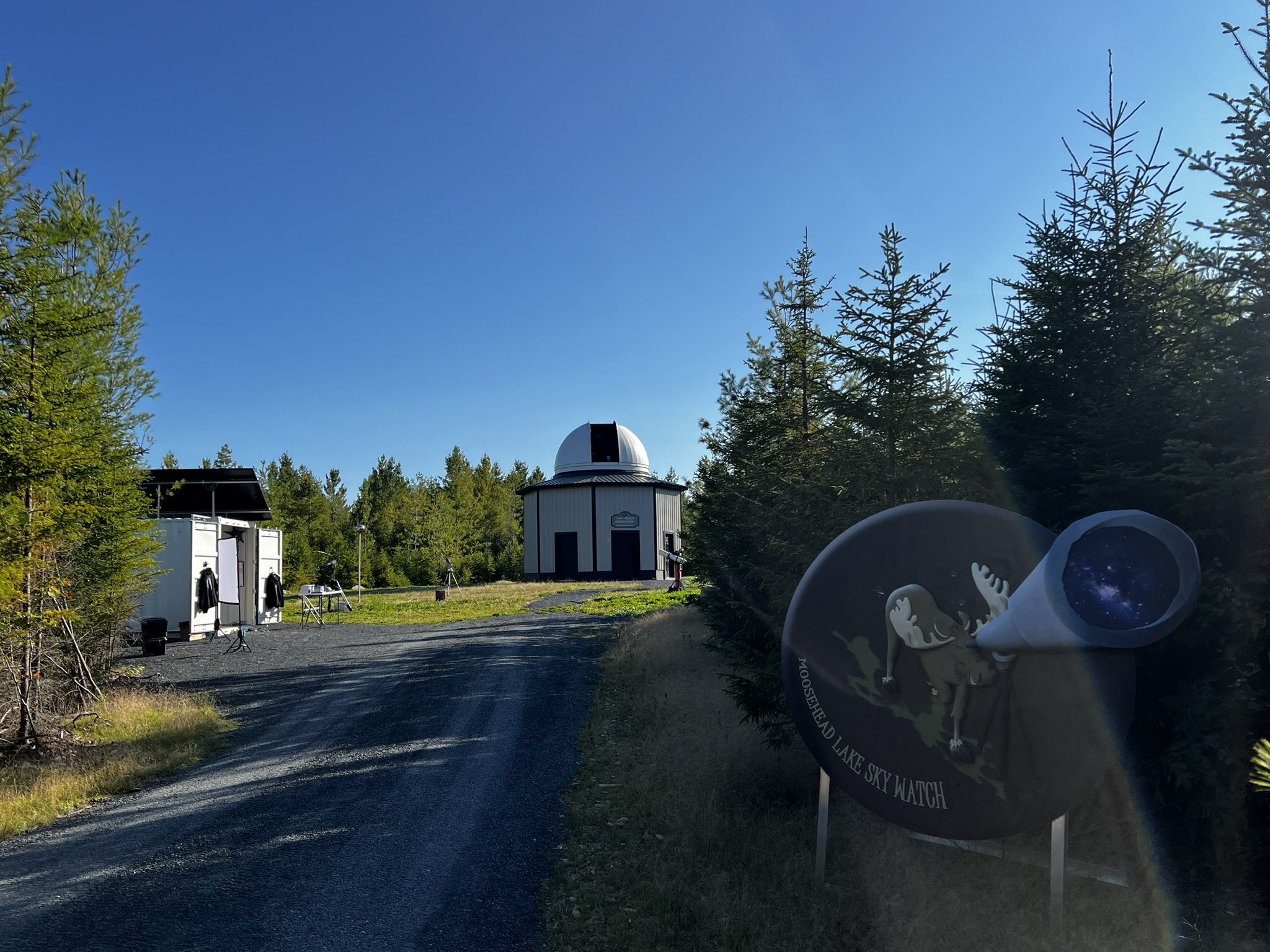
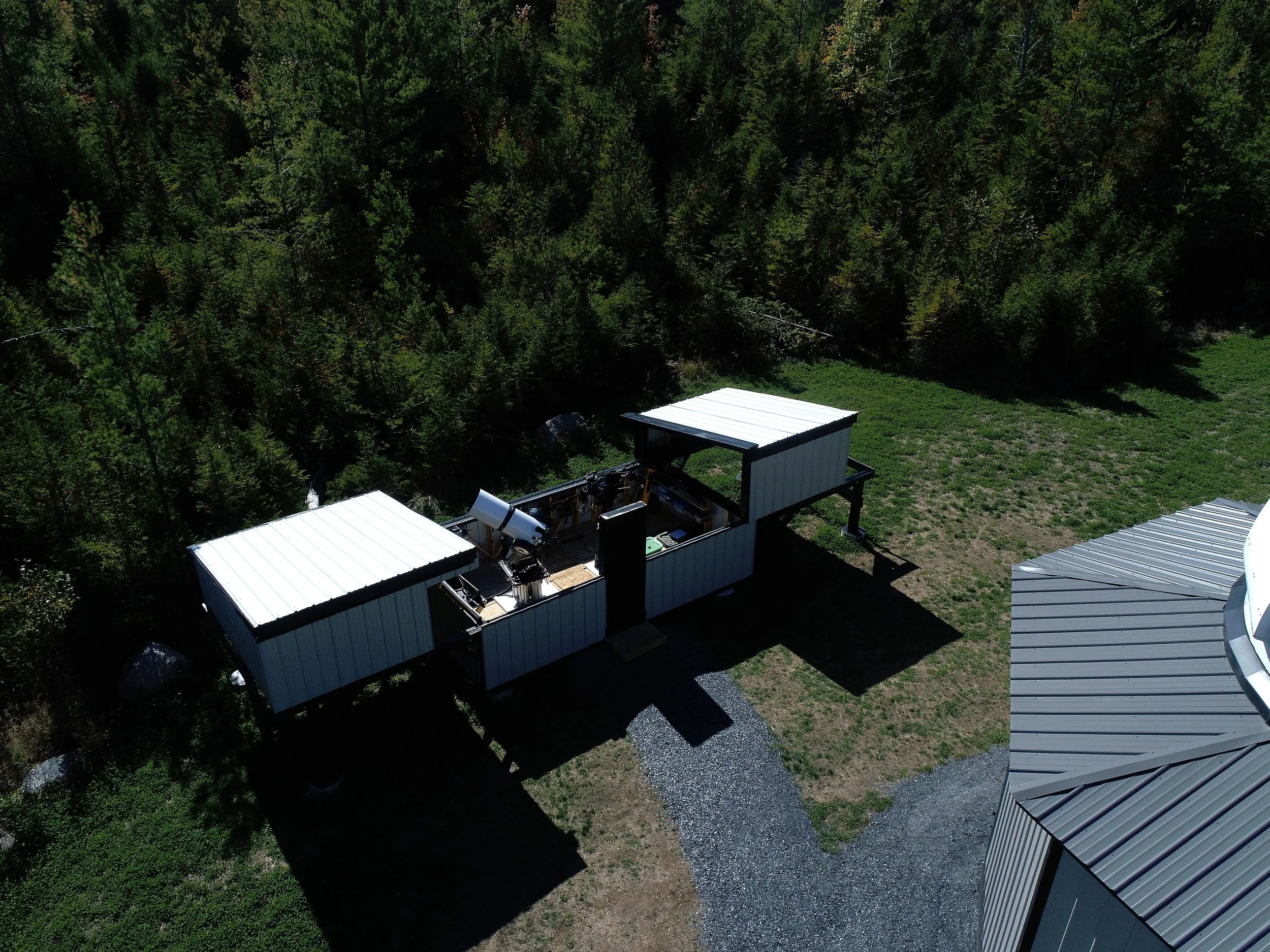
roll-off roof observatory housing 440mm SCT and 330mm CDK reflectors for visual observing and astrophotography


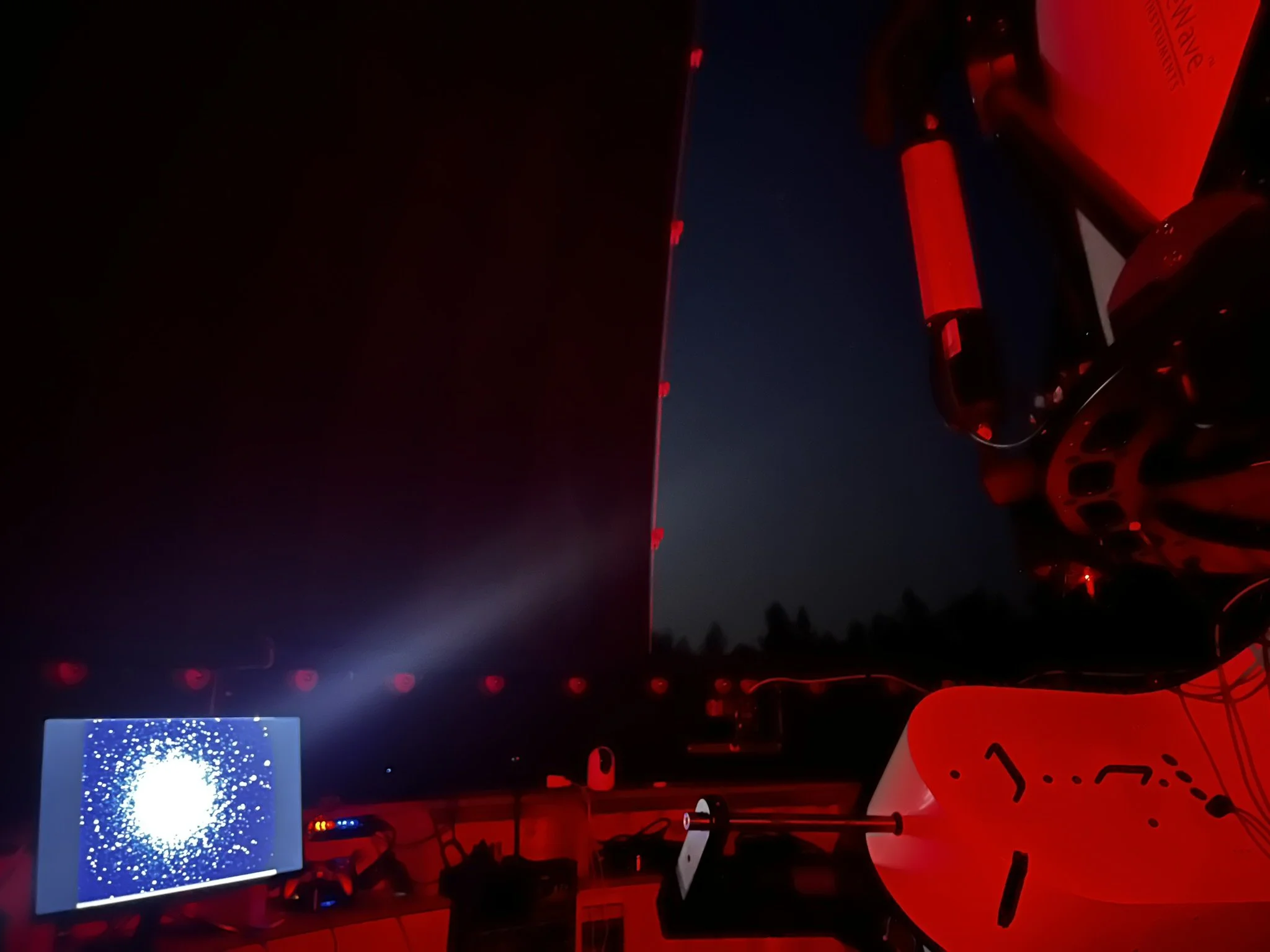
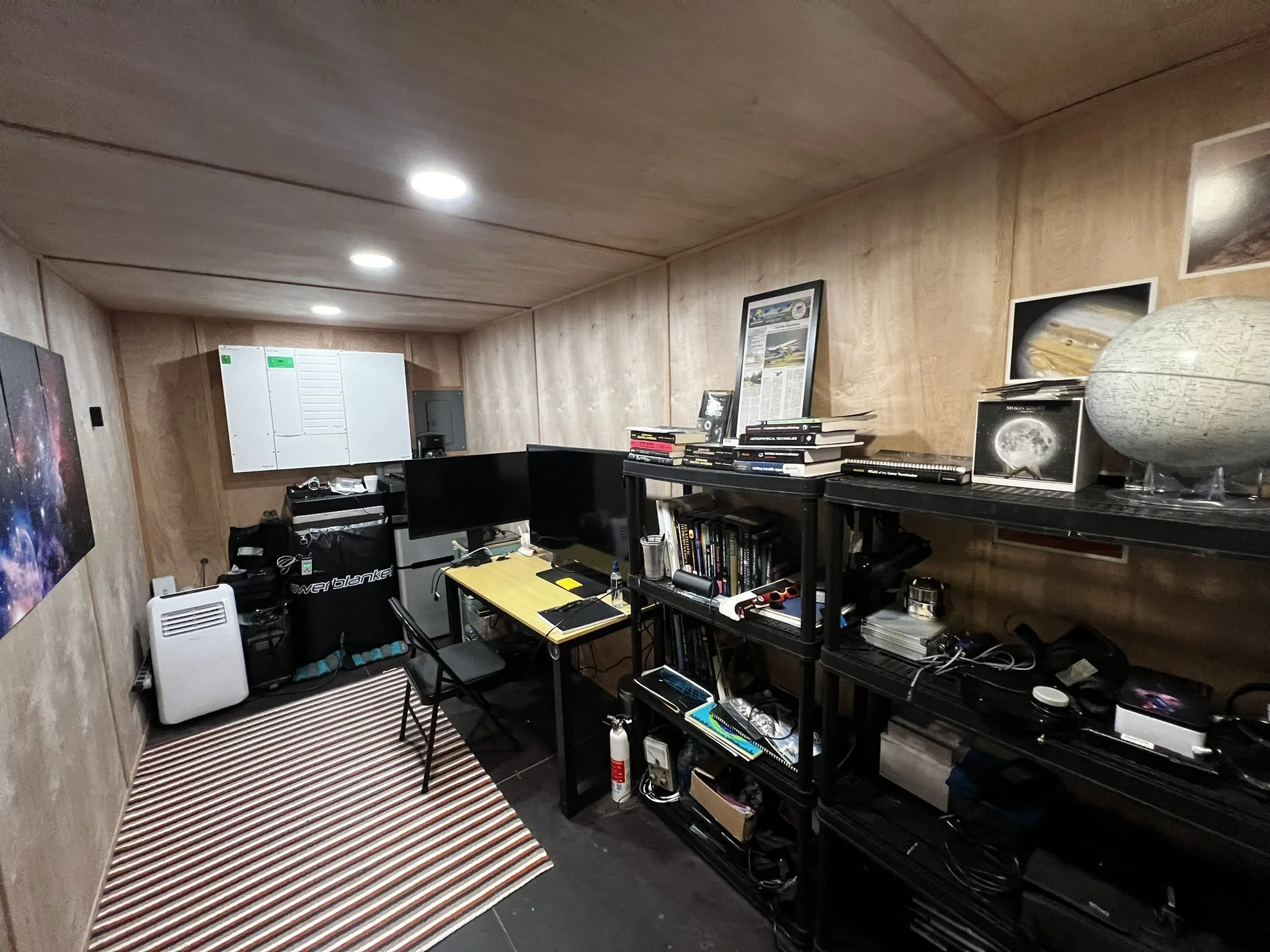
Inside the power trailer - from here we can operate the observatory remotely
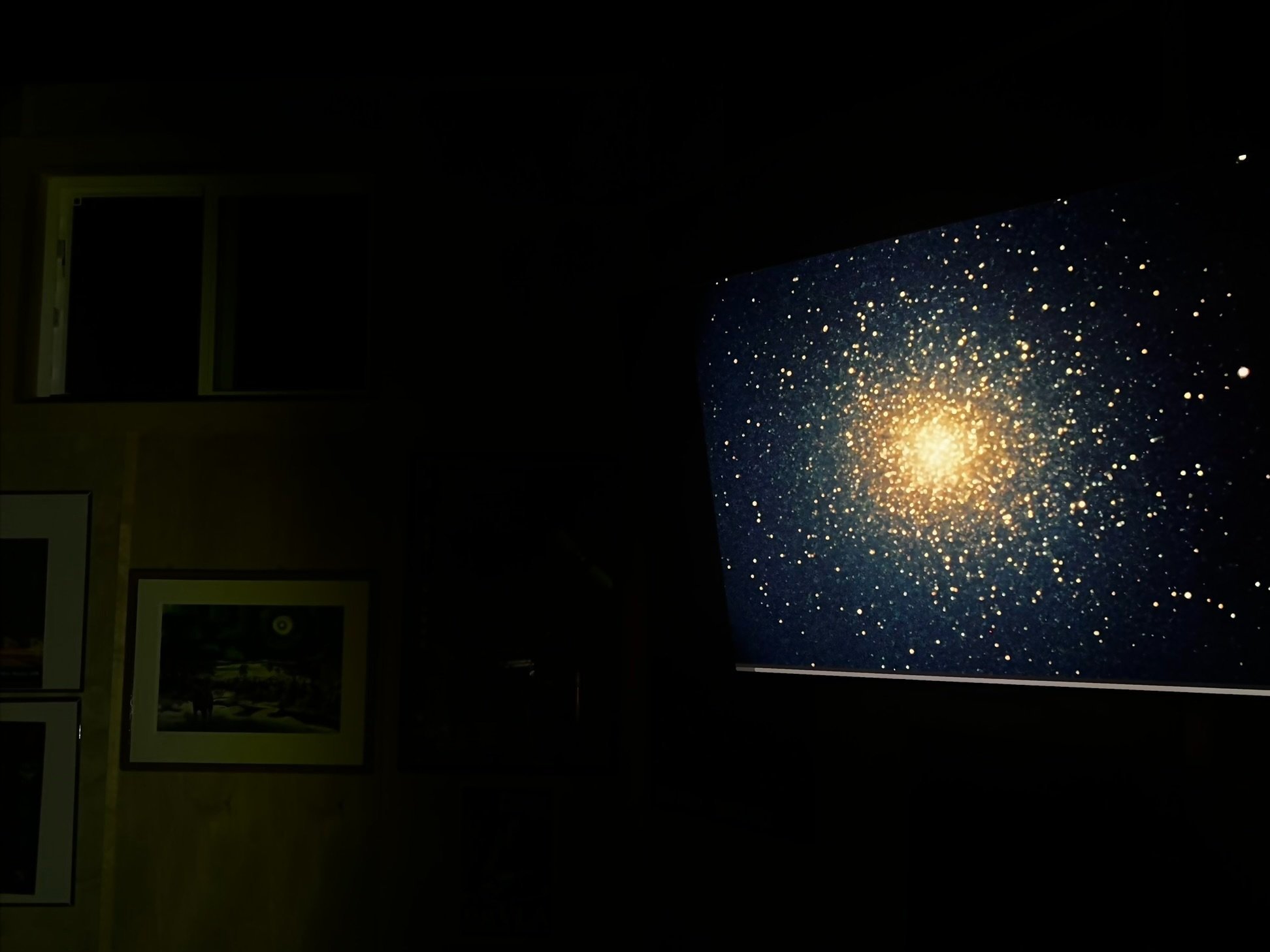
Good example of observing on the Big Screen -- easy to see what the telescope upstairs is watching,

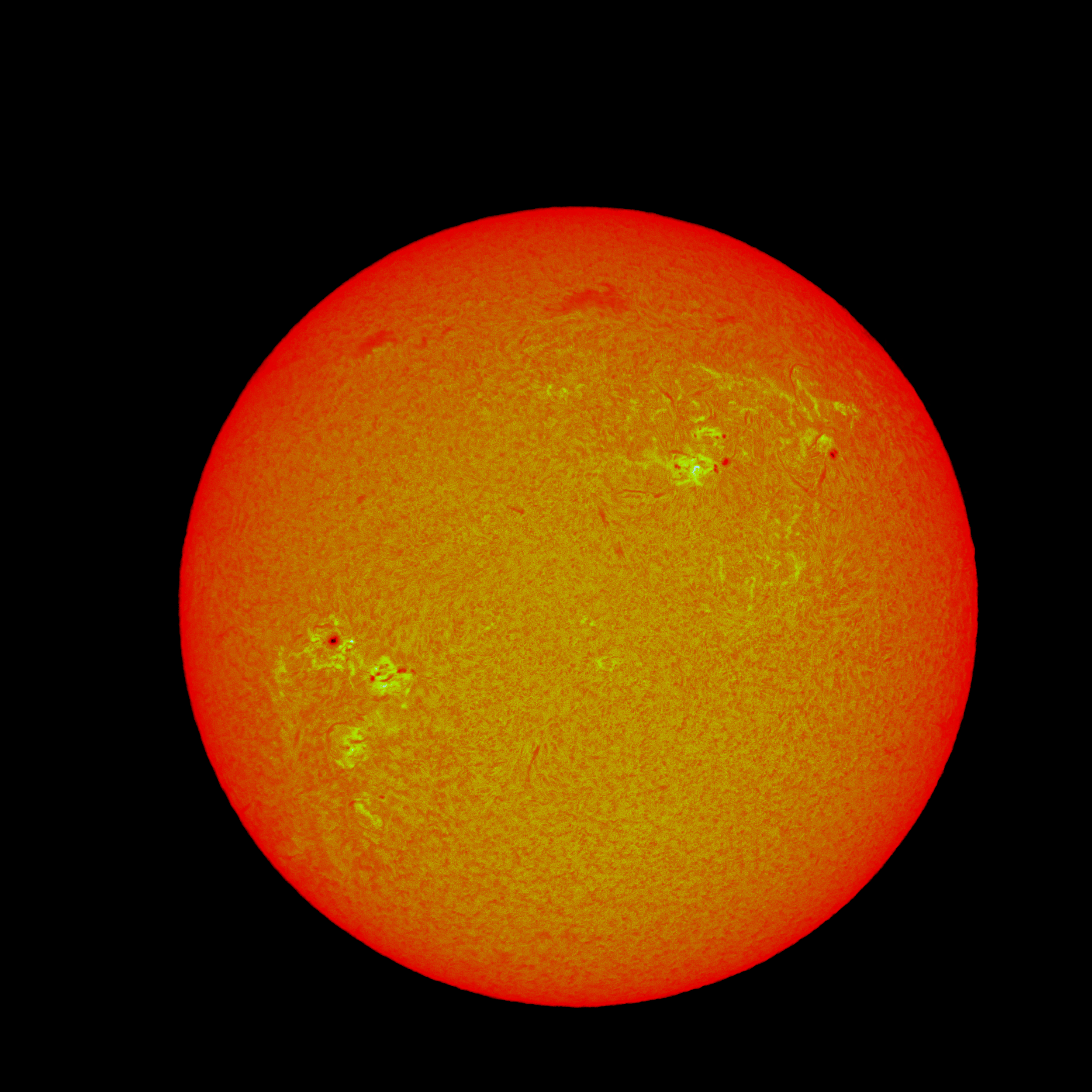
Hydrogen alpha view of solar surface through our solar etalon refractor
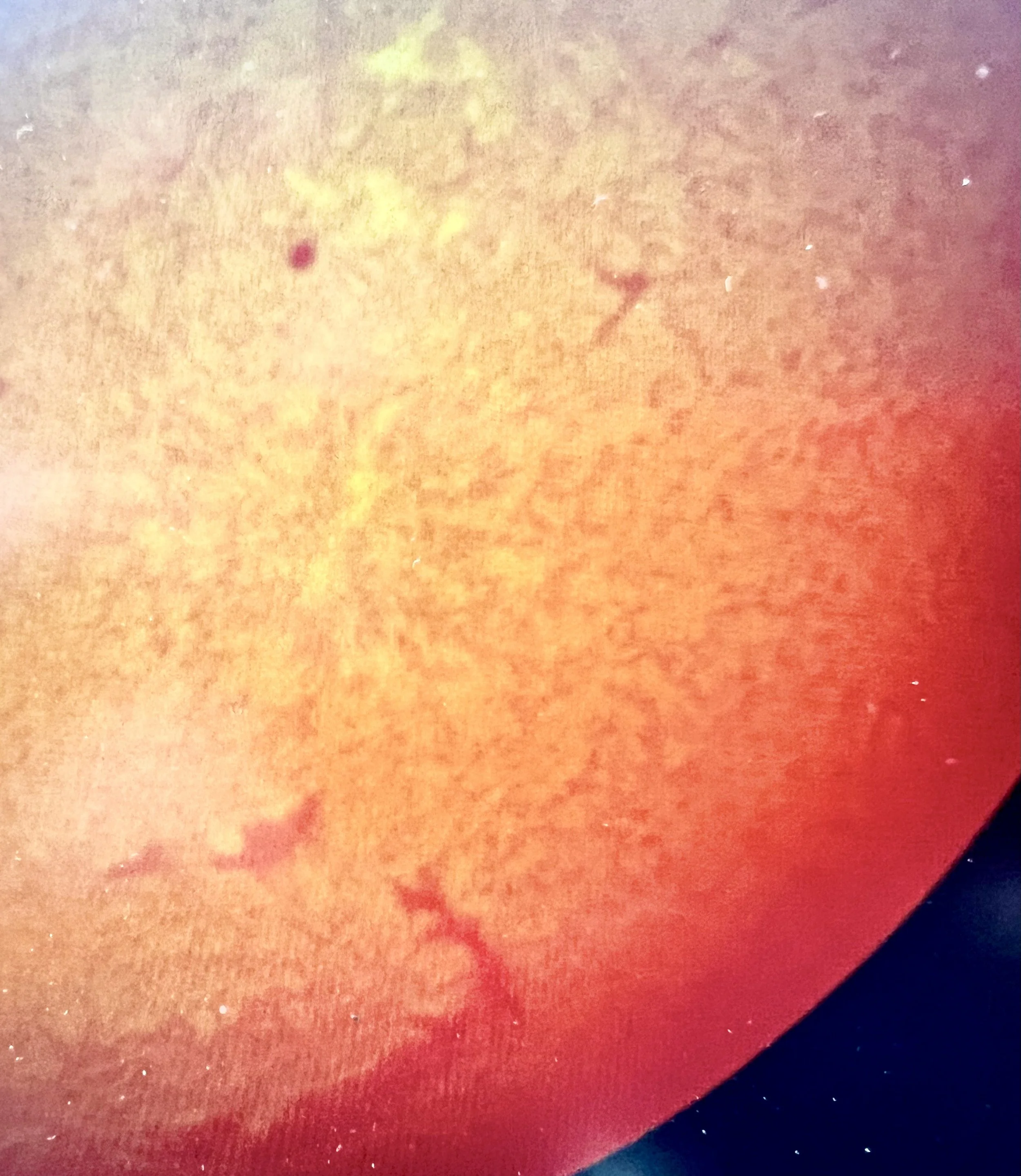
Dynamic surface of Sun in H-alpha Solar Scope

Sunspot dynamics in H-Alpha through Solar Scope
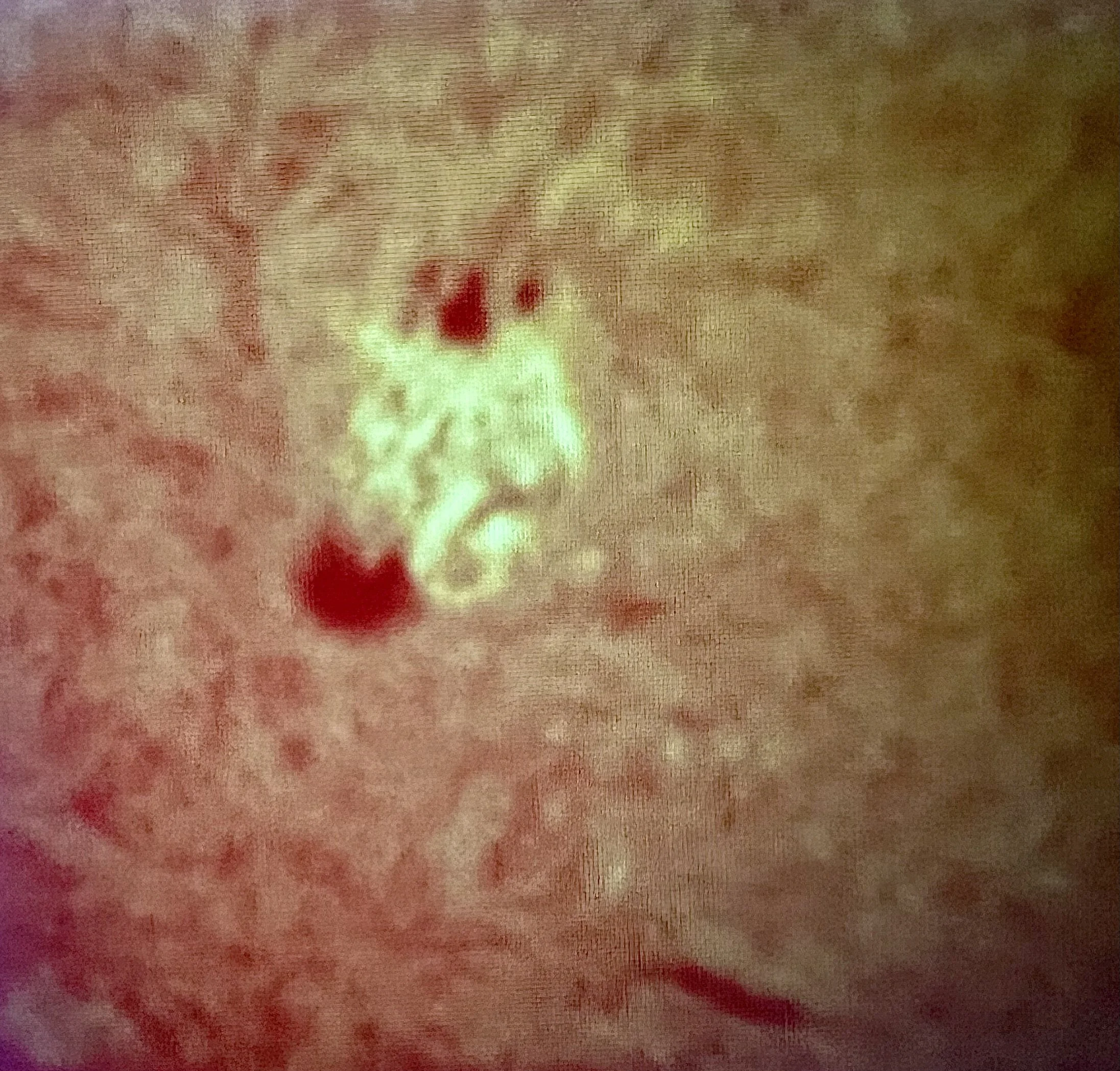
Sunspot Flaring in H-Alpha through Solar Scope

Corona from March's Solar Eclipse taken here at Greenville

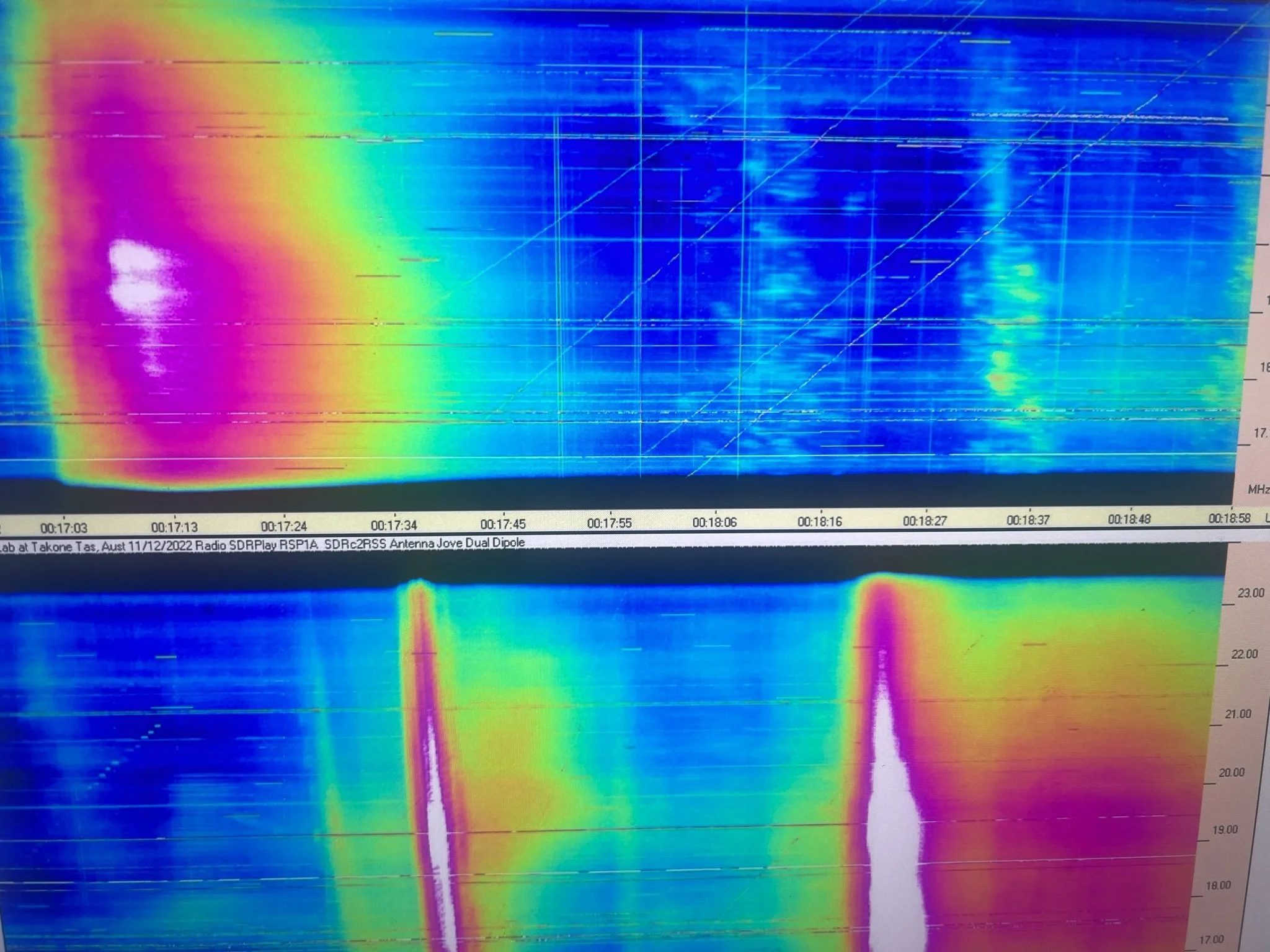
Radio Jove Spectrogram - Courtesy NASA Radio Jove . Example solar storm which we can see at facility installation
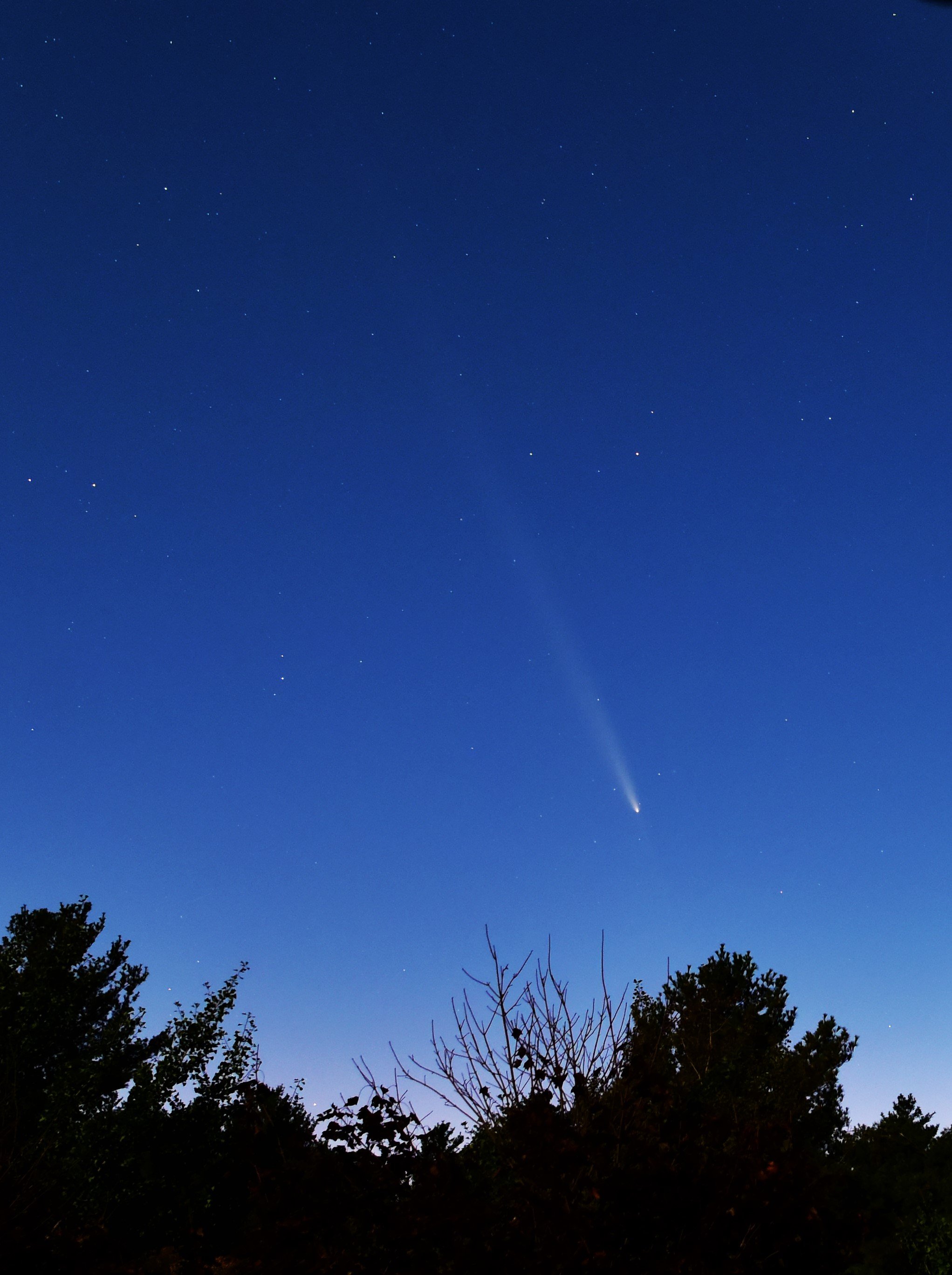

Comet 2023 A Tsushinshan ATLAS on October 26 as it is equidistant from the Sun and Earth at .81 AU. Light takes 6 minutes and 58 seconds to reach us from the comet moving at 99,360 miles per hour. Speedy little fellow! DFY_FRO_NMS

The comet's core or nucleus is just a a small percentage (3.5%) of the surrounding coma at this stage. The curve shows the intensity of the coma, and the spike is the core, which at this point is 40 miles in diameter. The comet is moving at 99,300 miles per hour in space, so the image is holding the center of the comet constant, and the multiple dots are the same stars at each exposure showing its motion against the stars. DFY_FRO_NMS
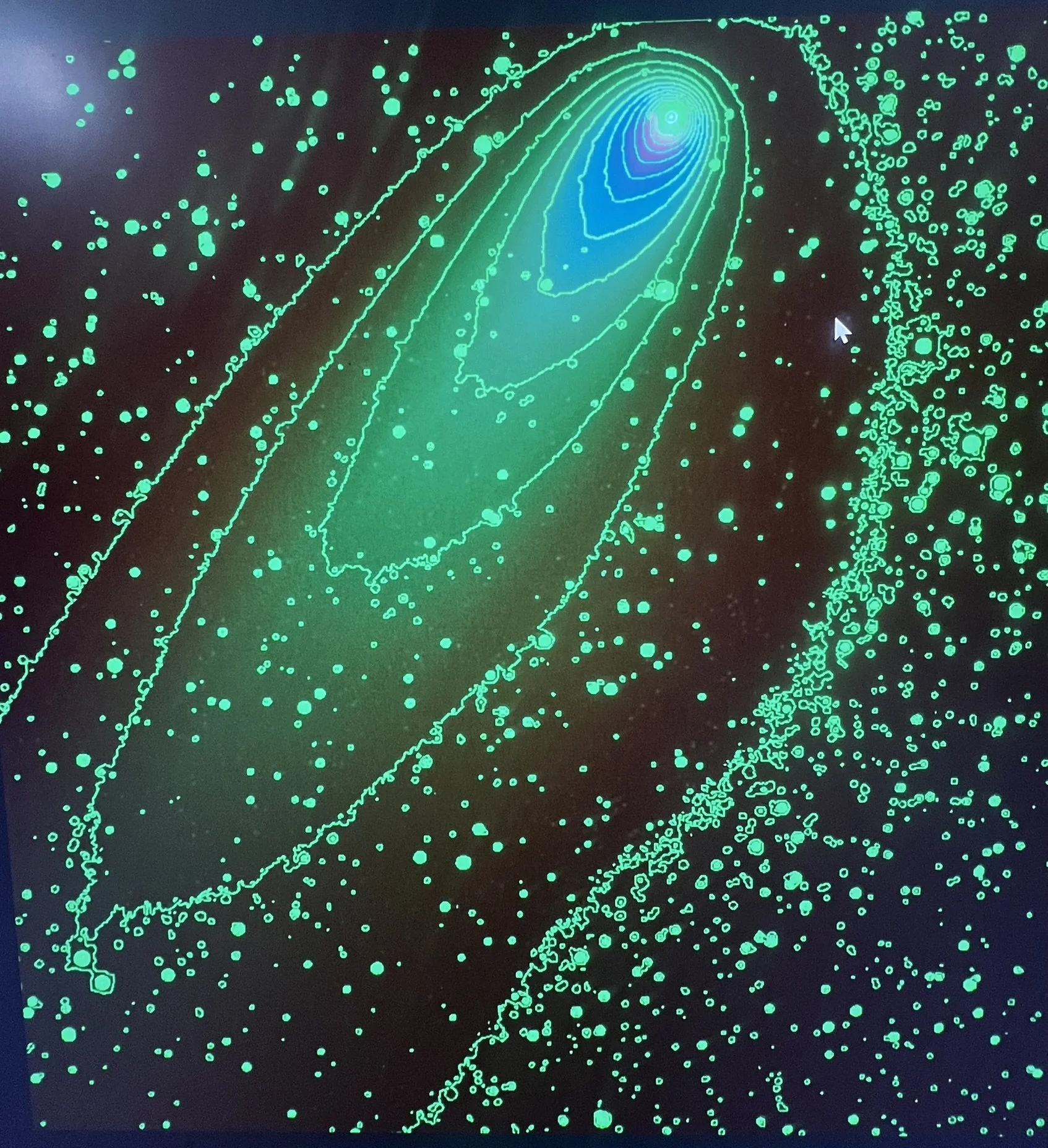
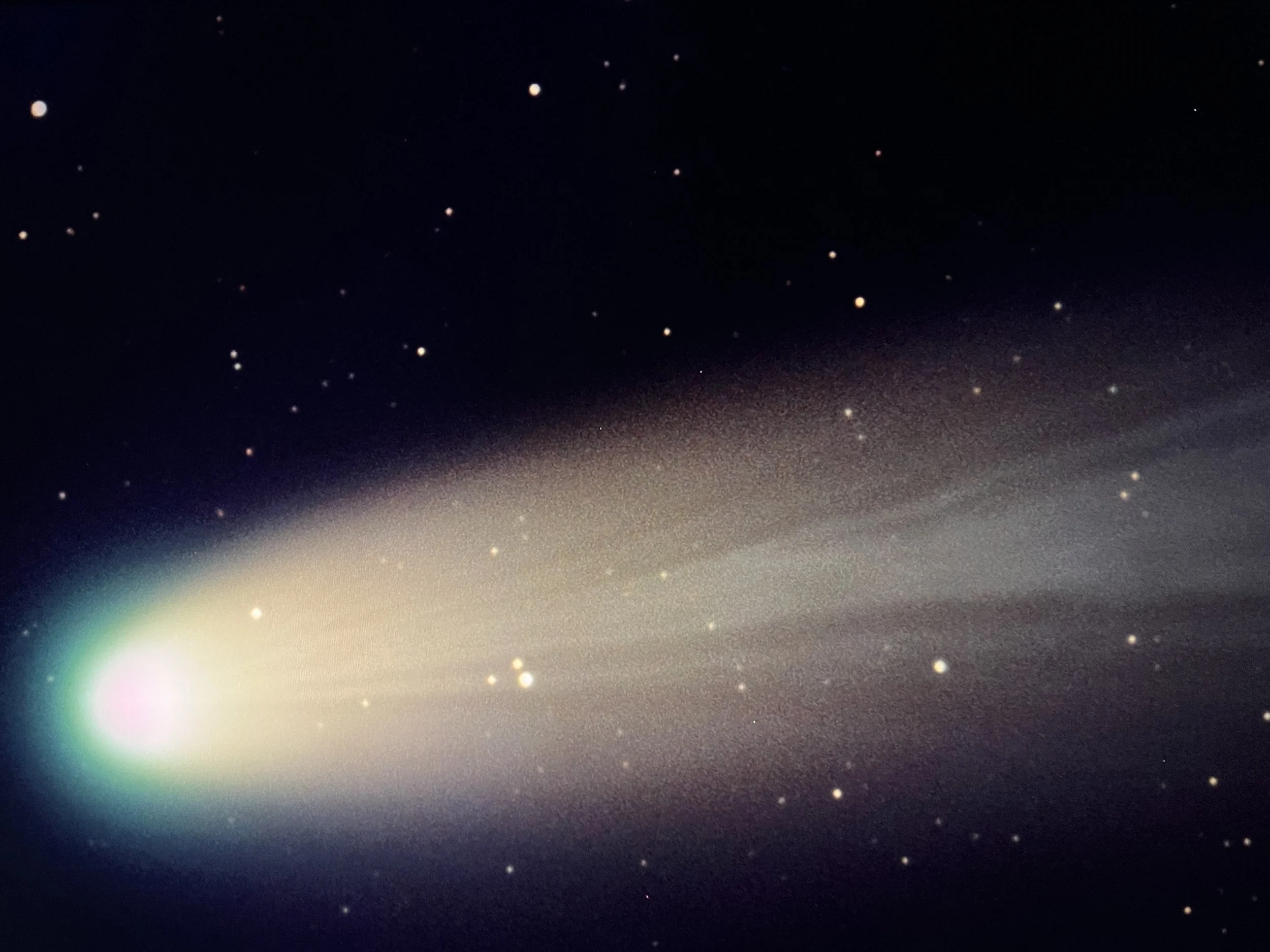
October 2025, we captured the beautiful comet Lemmon through the big scope. This real-time image was displayed on the Big Screen and captured by an iPhone snap. Visit us and try the same.
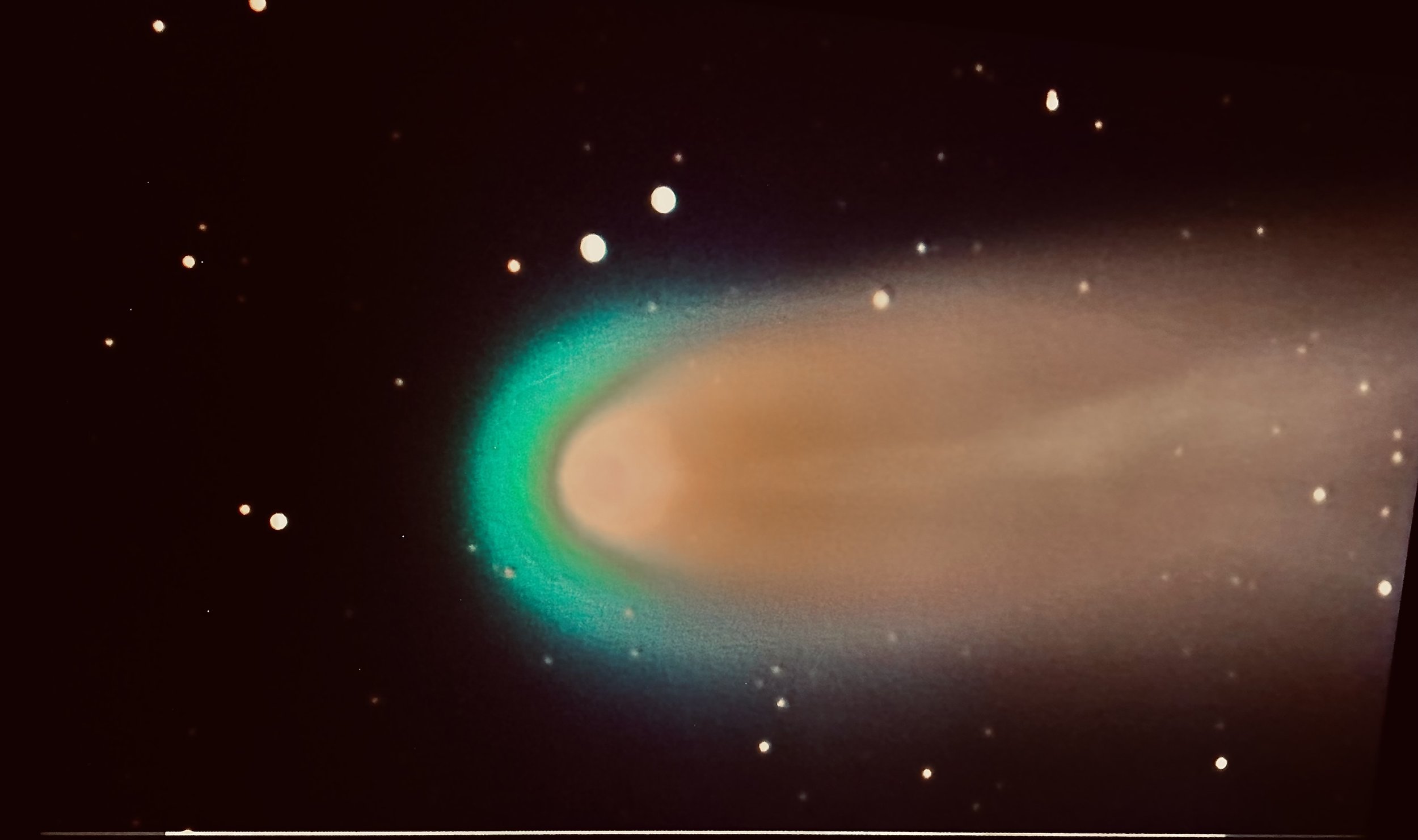
Credit to FRO visitor Bruce Wendorf for OUTSTANDING image capture and Enhancement using his camera phone to capture the image on the big screen and processing it to show the details!! Well Done, Bruce Note the Bow Shock where the solar wind is abruptly slowed, compressed, and heated. The Coma is dominated by sublimated CO, CO2, H2O the combination giving this comet a green glow. Next the Ionopause, the nucleus, the Inner Cavity or Dark Zone, then dust and ion tail.
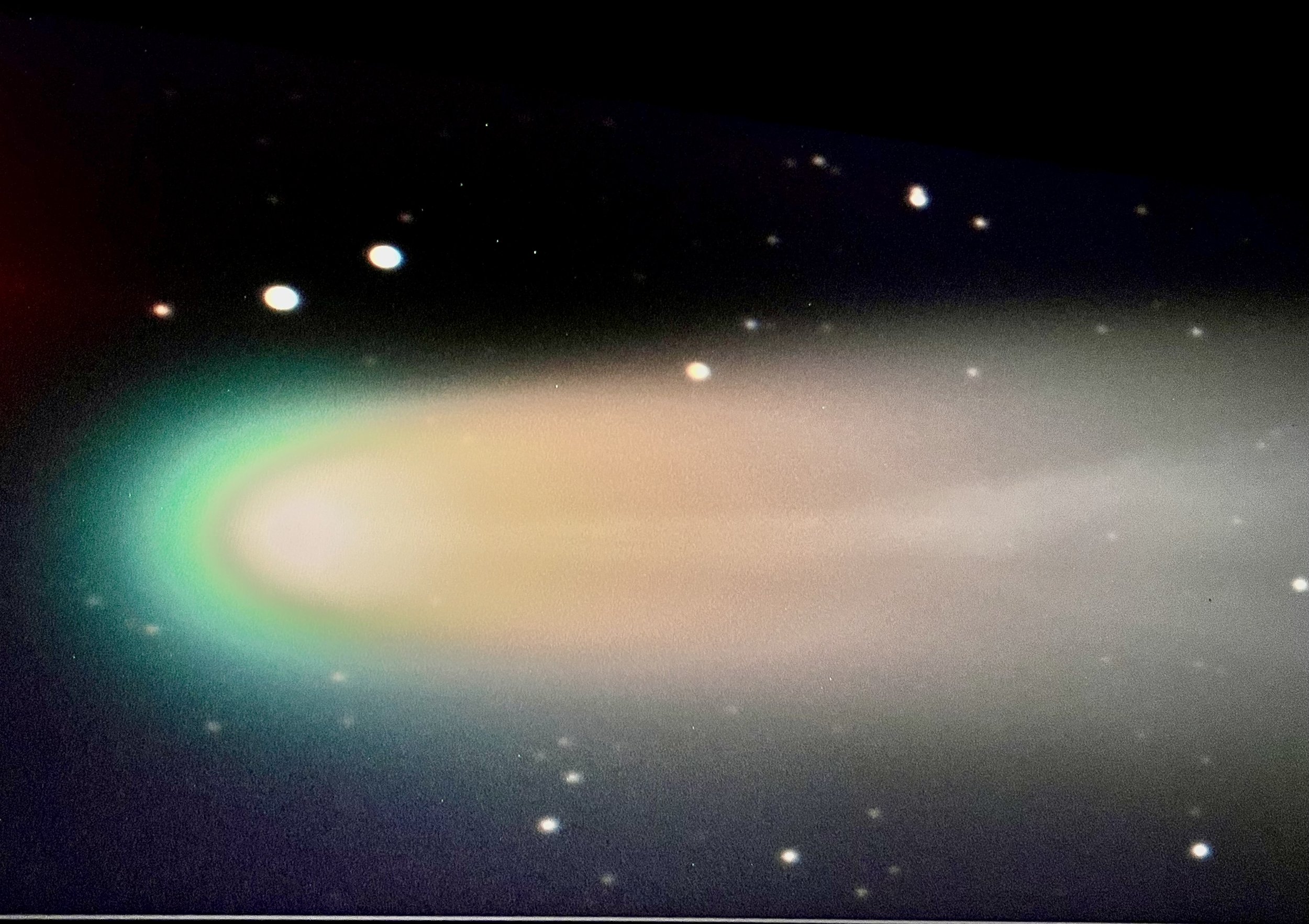
DFY - Commet Lemmon from Burnt Jacket October 2025
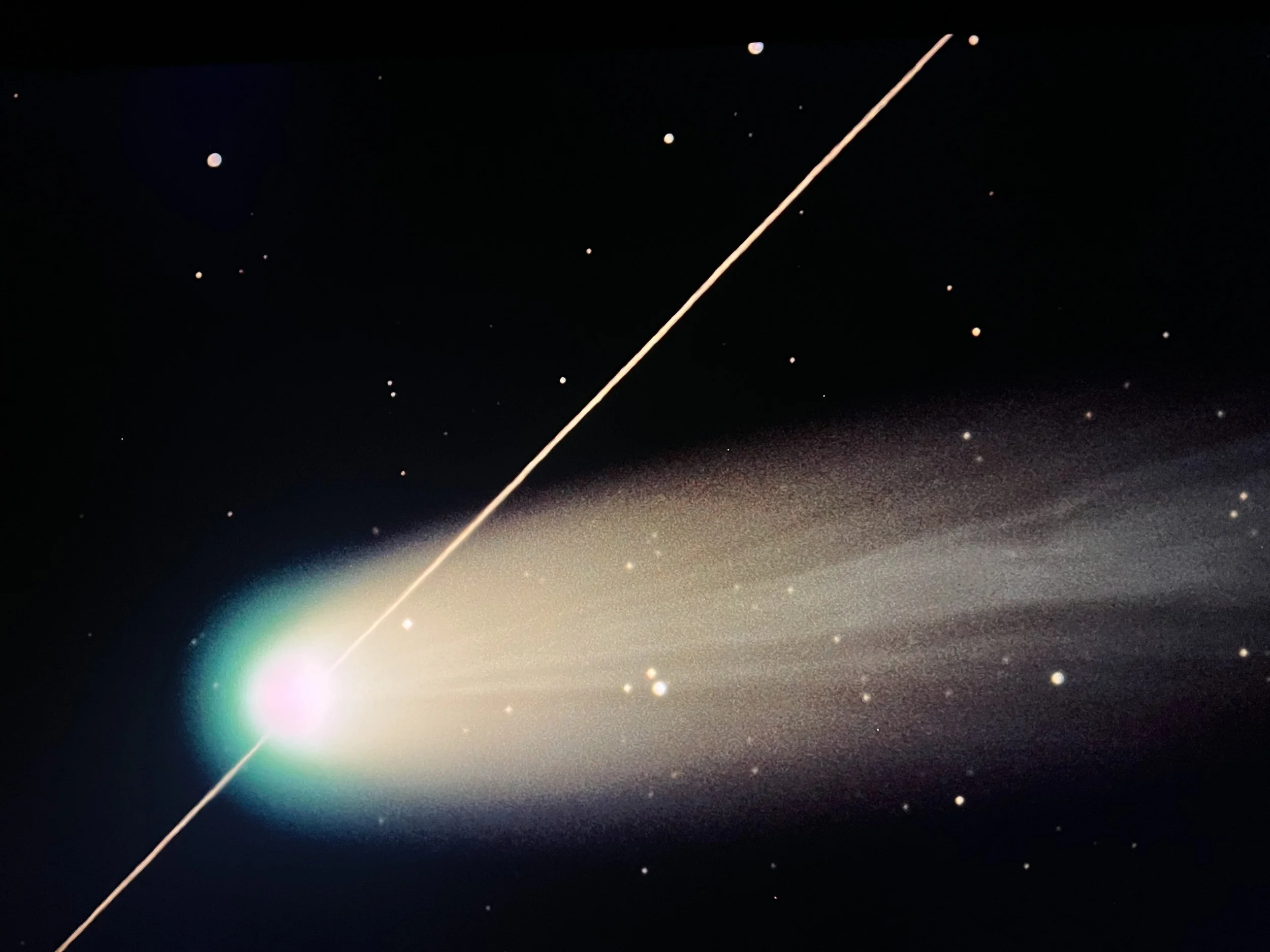
Serendipity! Comet Lemmon nucleus intercepted by satellite trail. Visible in CDK 24 on October 29, 2005.

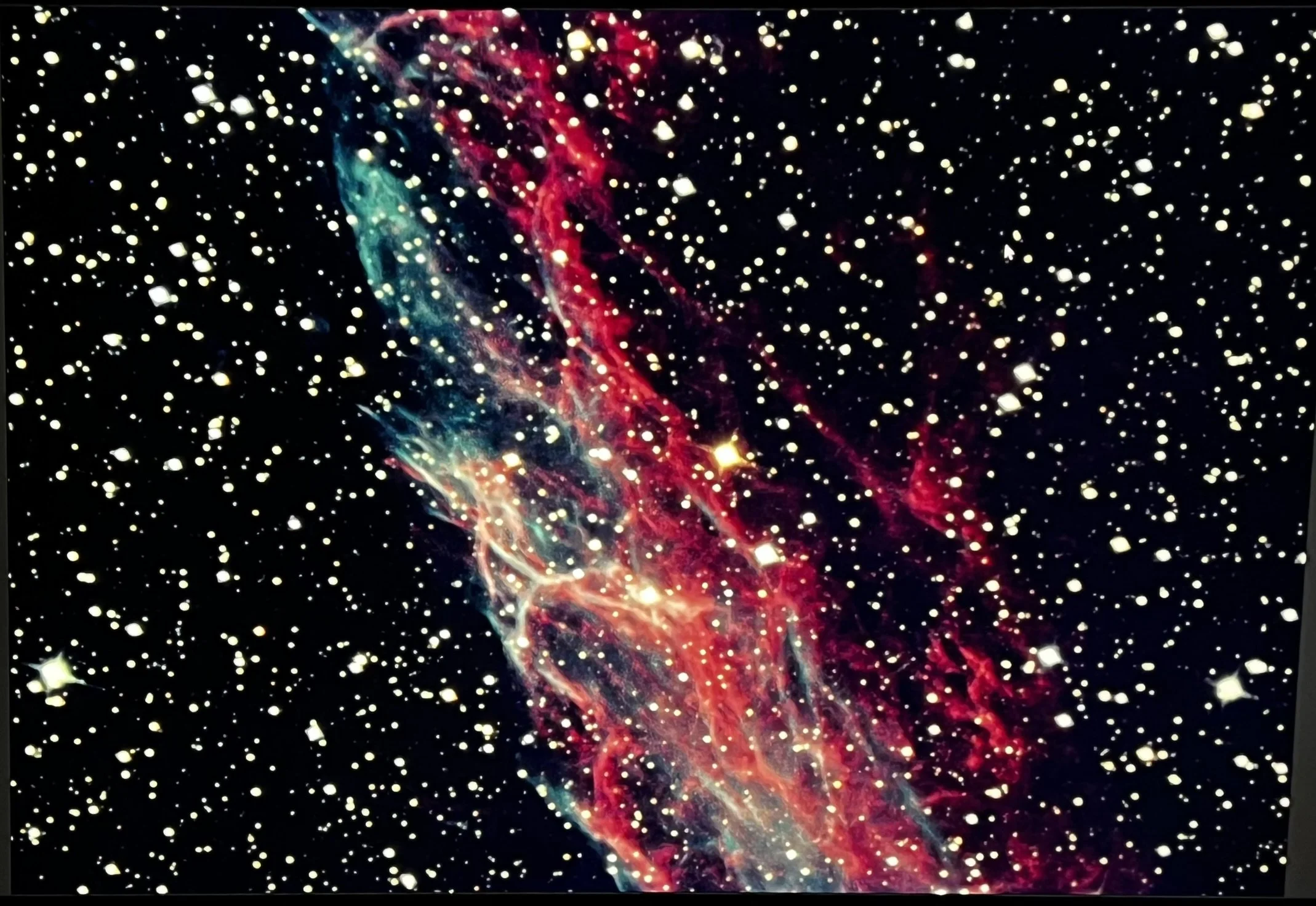
Another example from the Big Screen generated quickly by the CDK24 - a western portion of the Veil Nebula in Cygnus. 2400 Light Years away this is a remnant of a Supernova that was 20 times more massive than the Sun. The colors are generated from the heated and ionized gas and dust showing oxygen, sulfur, and hydrogen. Visible right here from the forests of Brunt Jacket!
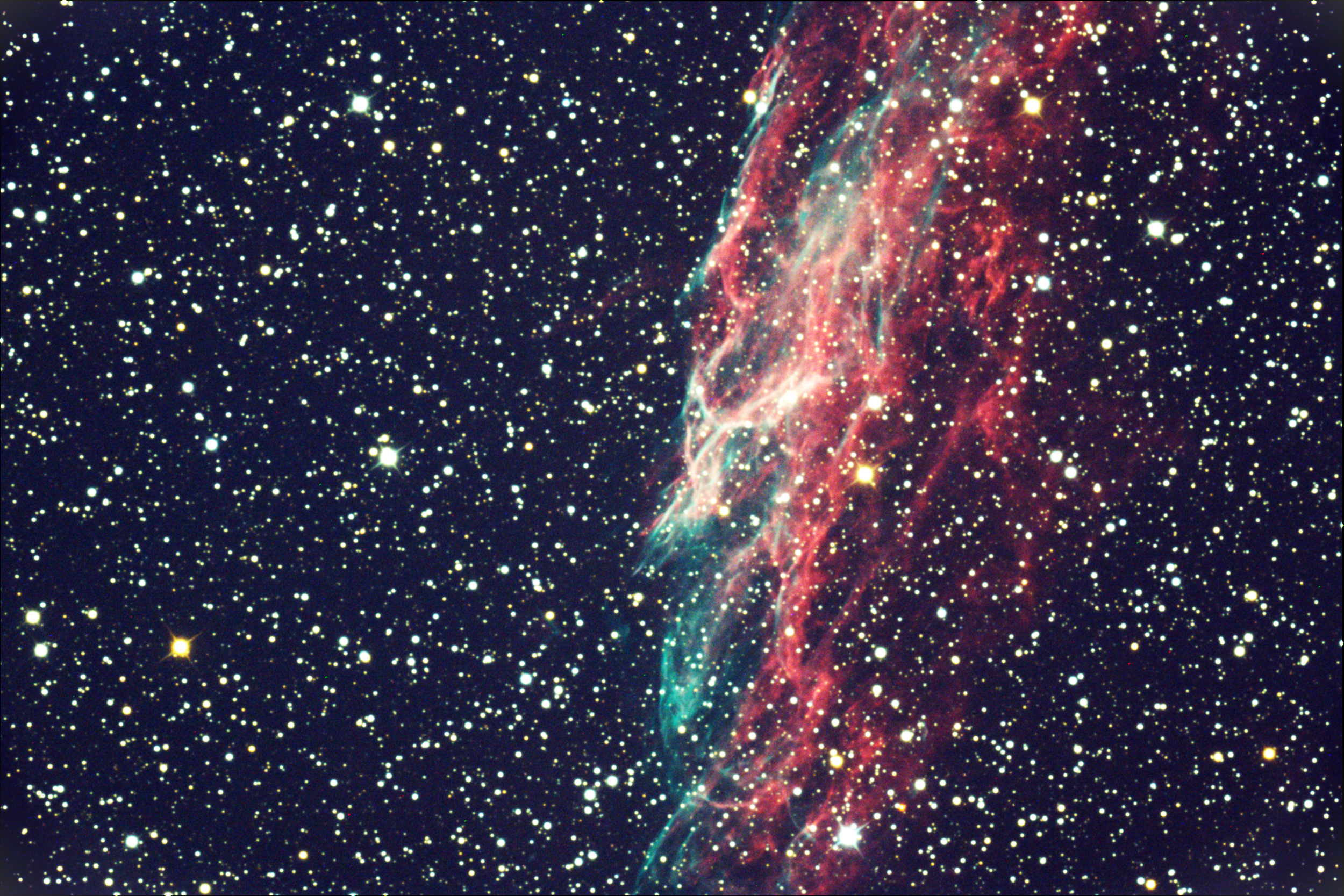

Stellar nurseys abound as gravity pulls interstellar gases into protostars DFY_FRO_NMS

Proto star jet in N6995
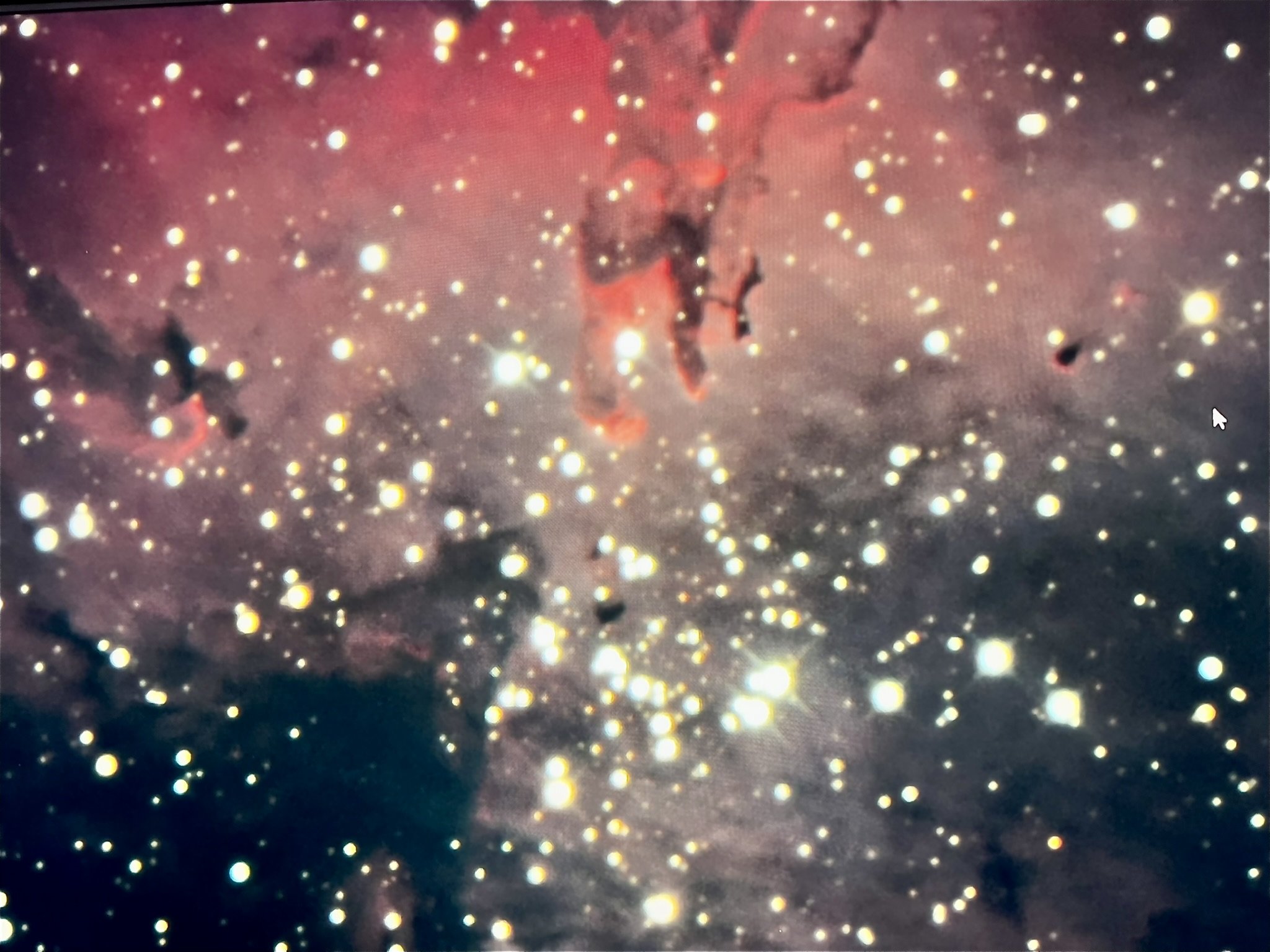
...and the Pillars of Creation are easily visible from MLSW observatory in Burnt Lacket


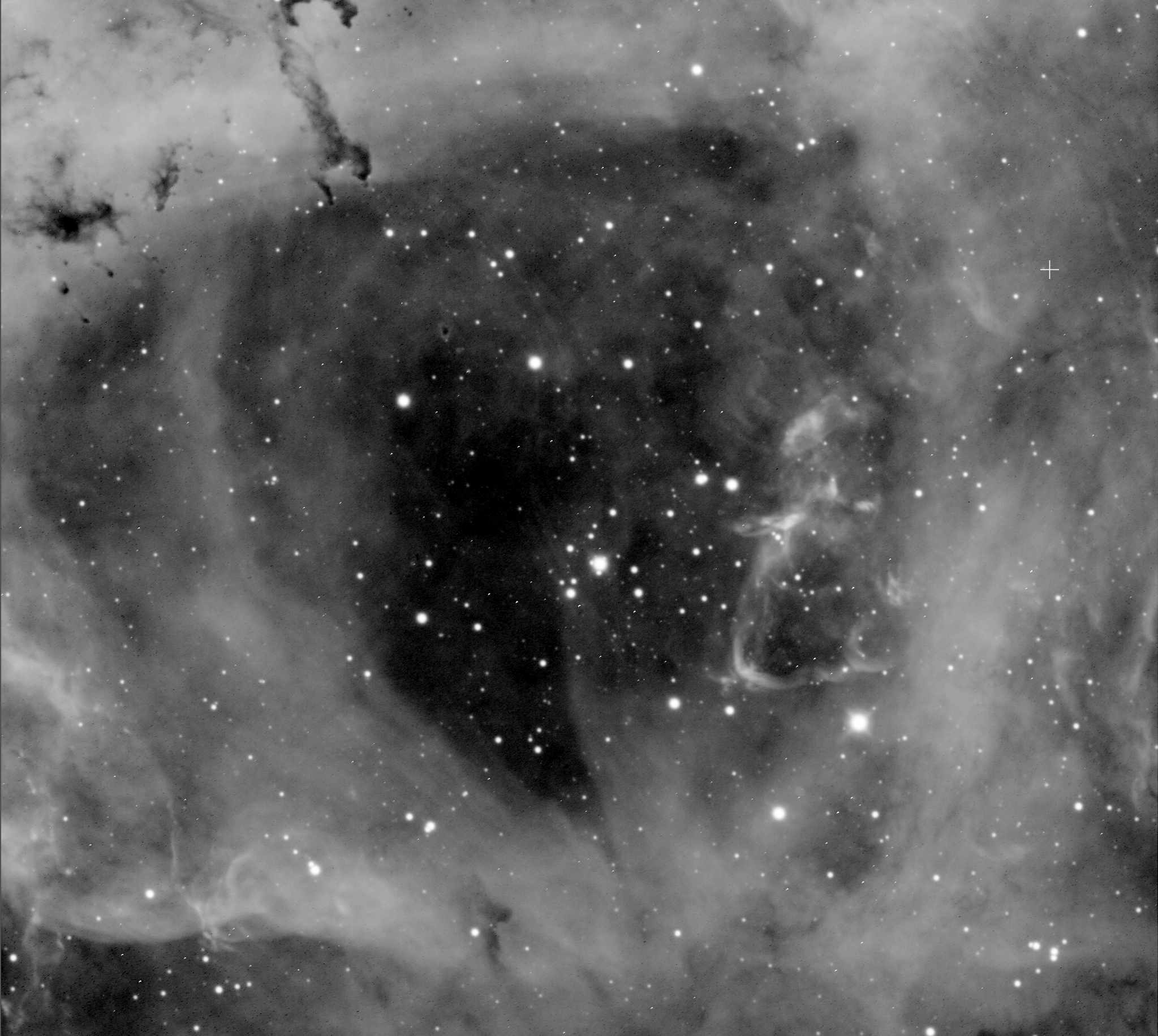
N2239 Stellar Formation Region
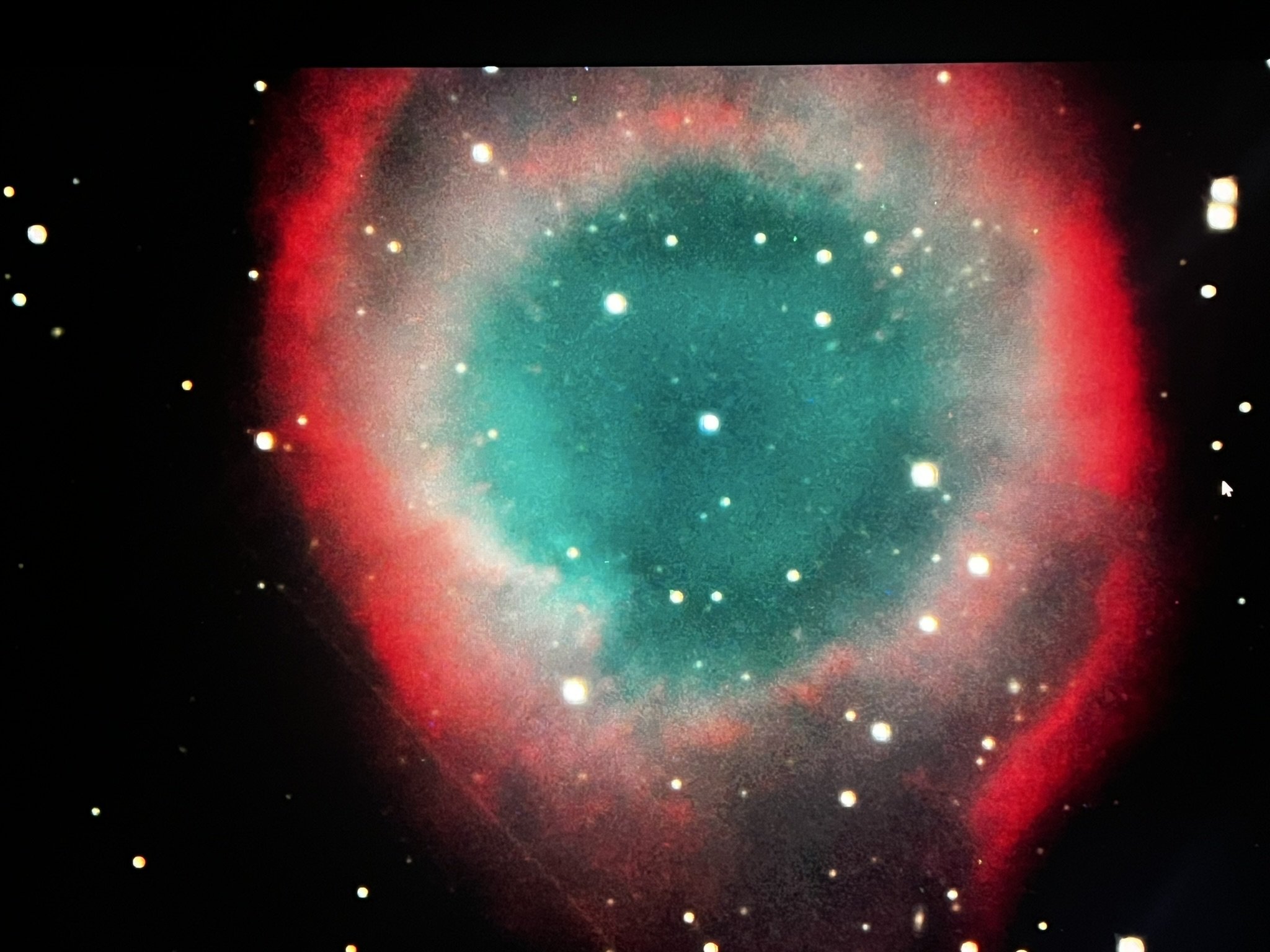
Low in the South, the Helix as seen through the CDK 24 at Burnt Jacket
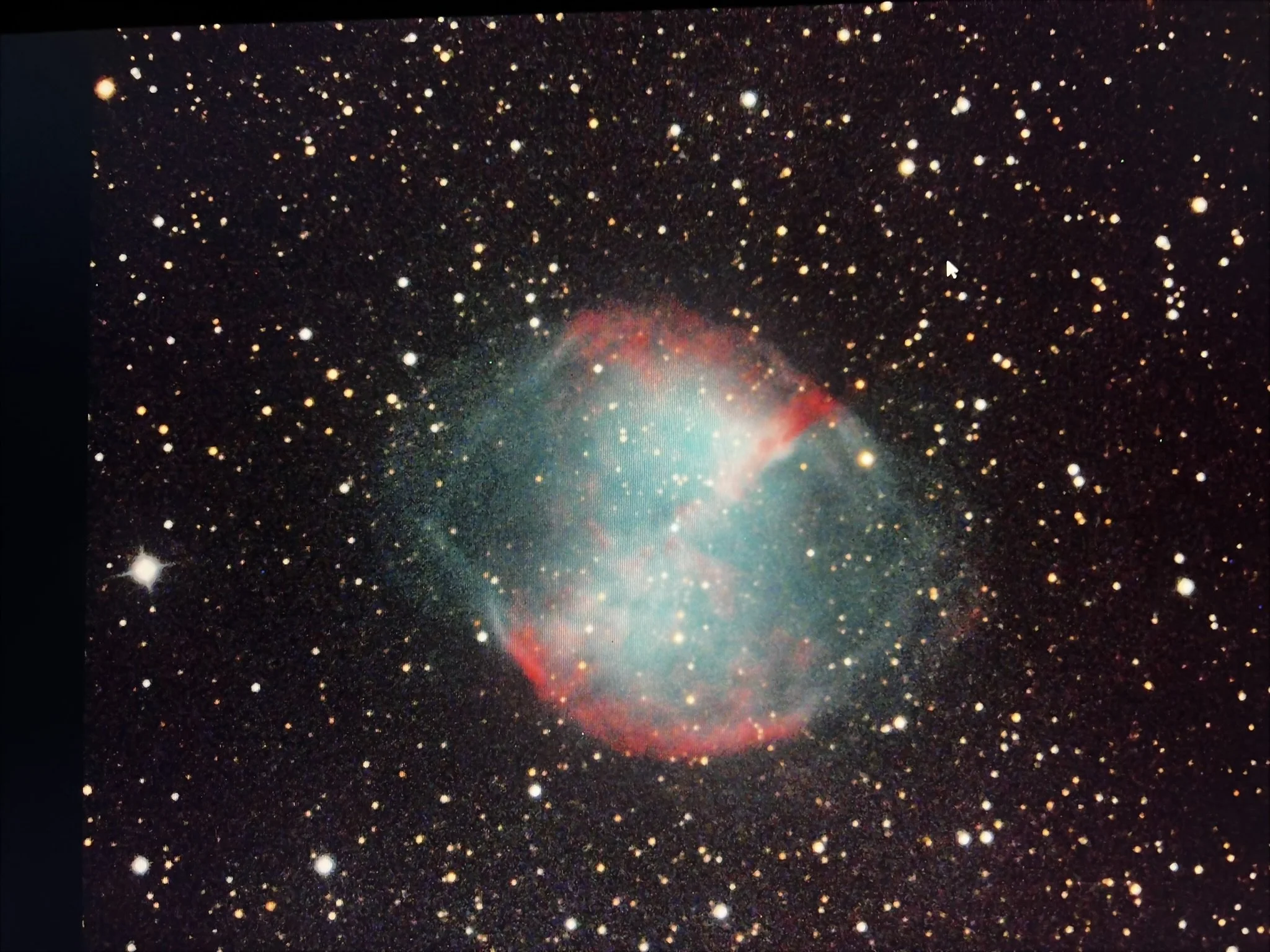
Expanding remnants from the star's exploded shell as we go back in time from MLSW
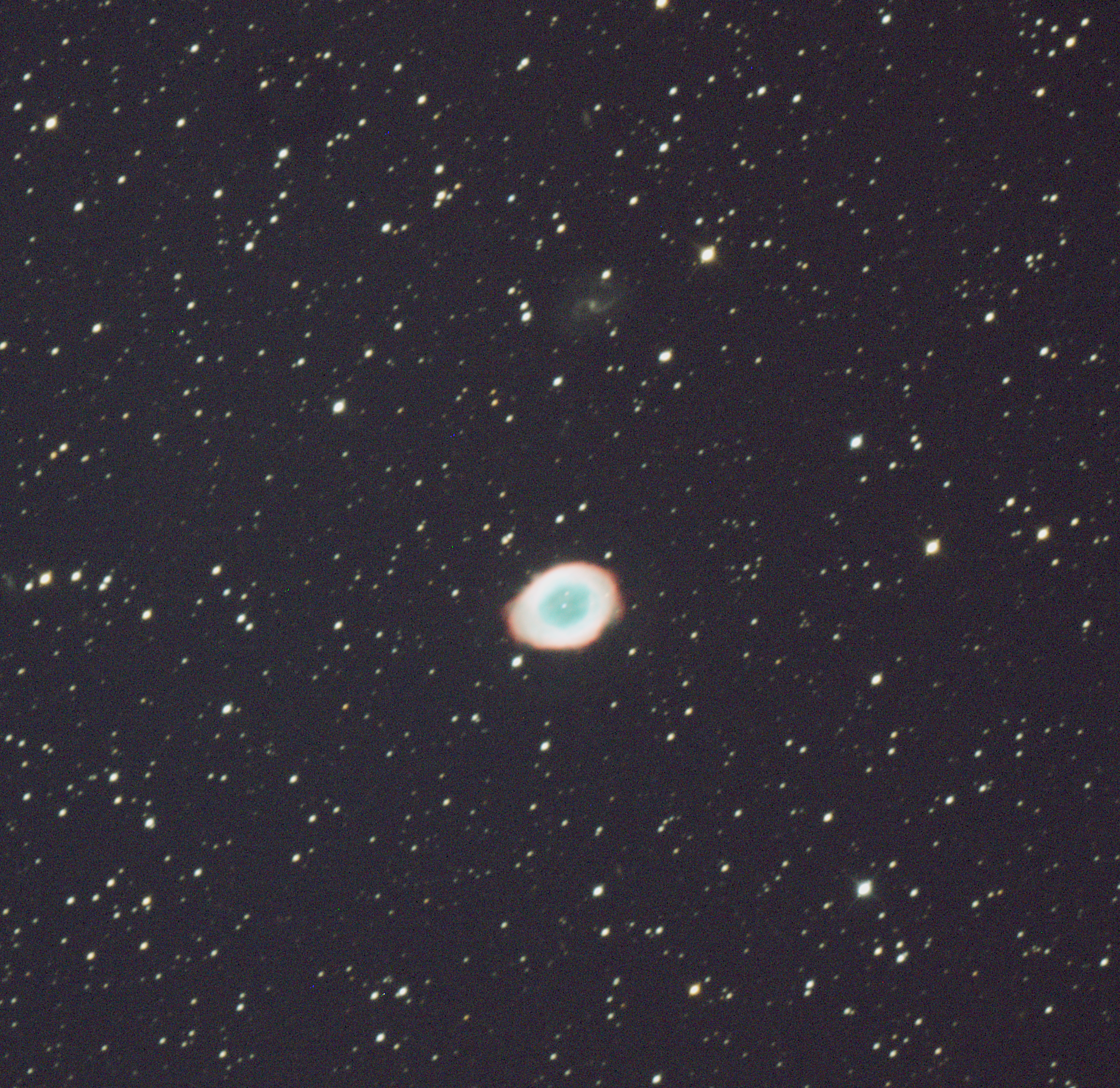
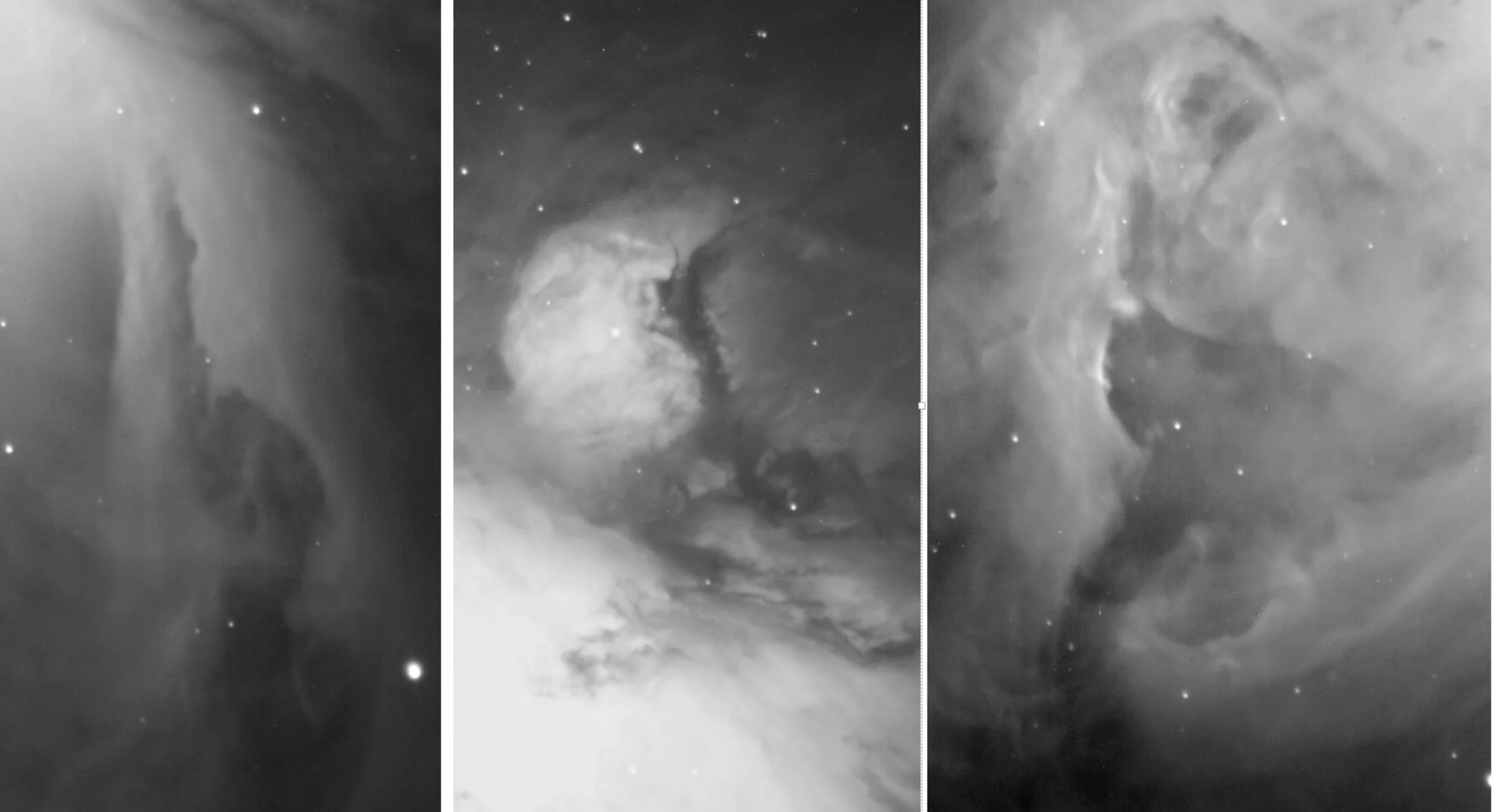
Star forming regions for Young Stellar Objects DFY_FRO_NMS
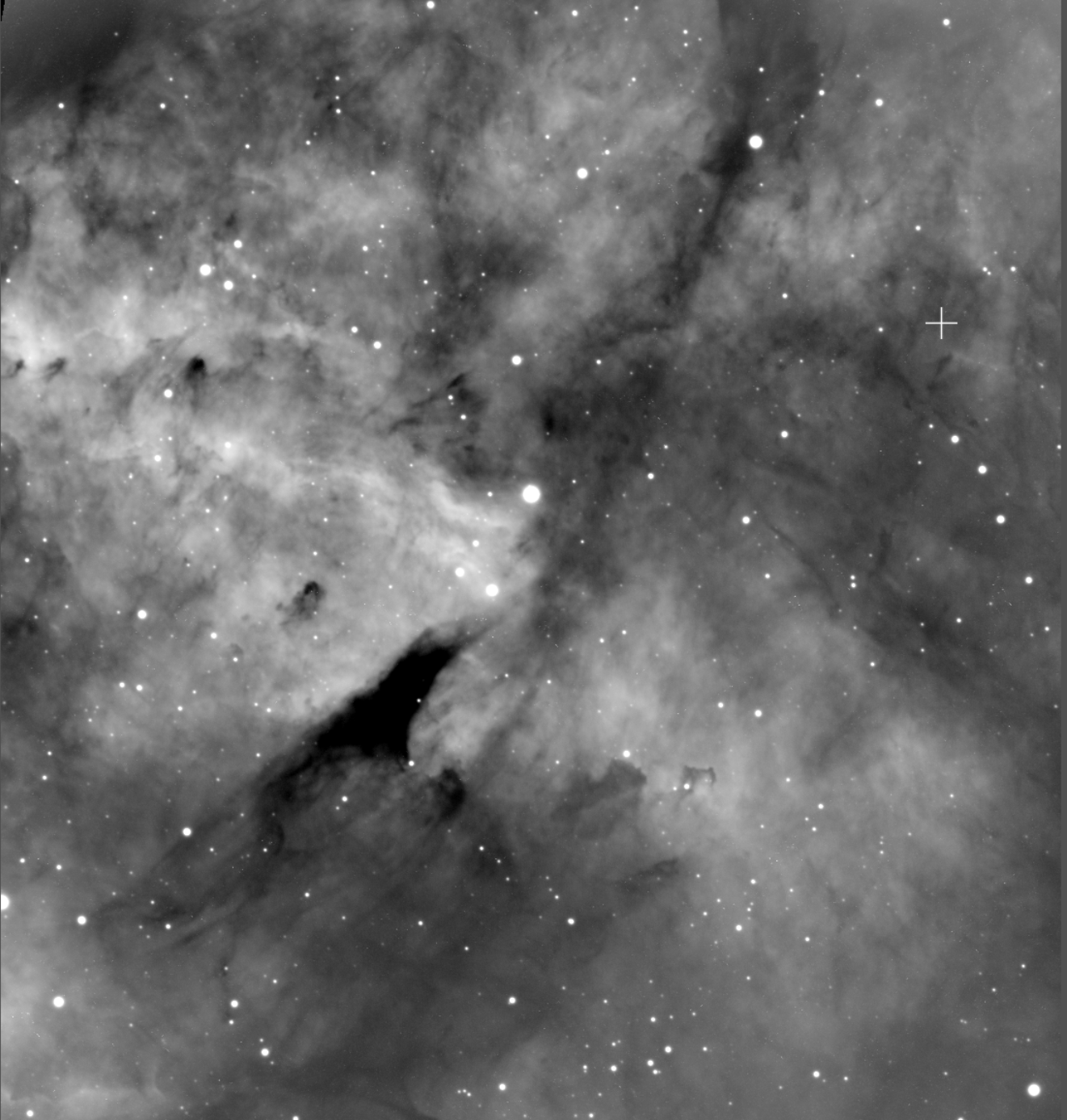
DFY_FRO_NMS IRAS 20293 3952

We just capture light emitted in Hydrogen alpha to see the magnificent clouds of gas and dust from which new stars are formed as gravity pulls the gas into protostars DFY_FRO_NMS

300,000 stars, 145 light years across, 25,1000 light years away brilliantly clear from our dark skies at MLSW

In all shapes and sizes these gravitationally bound clusters

How fun the ride in IC392 @MLSW
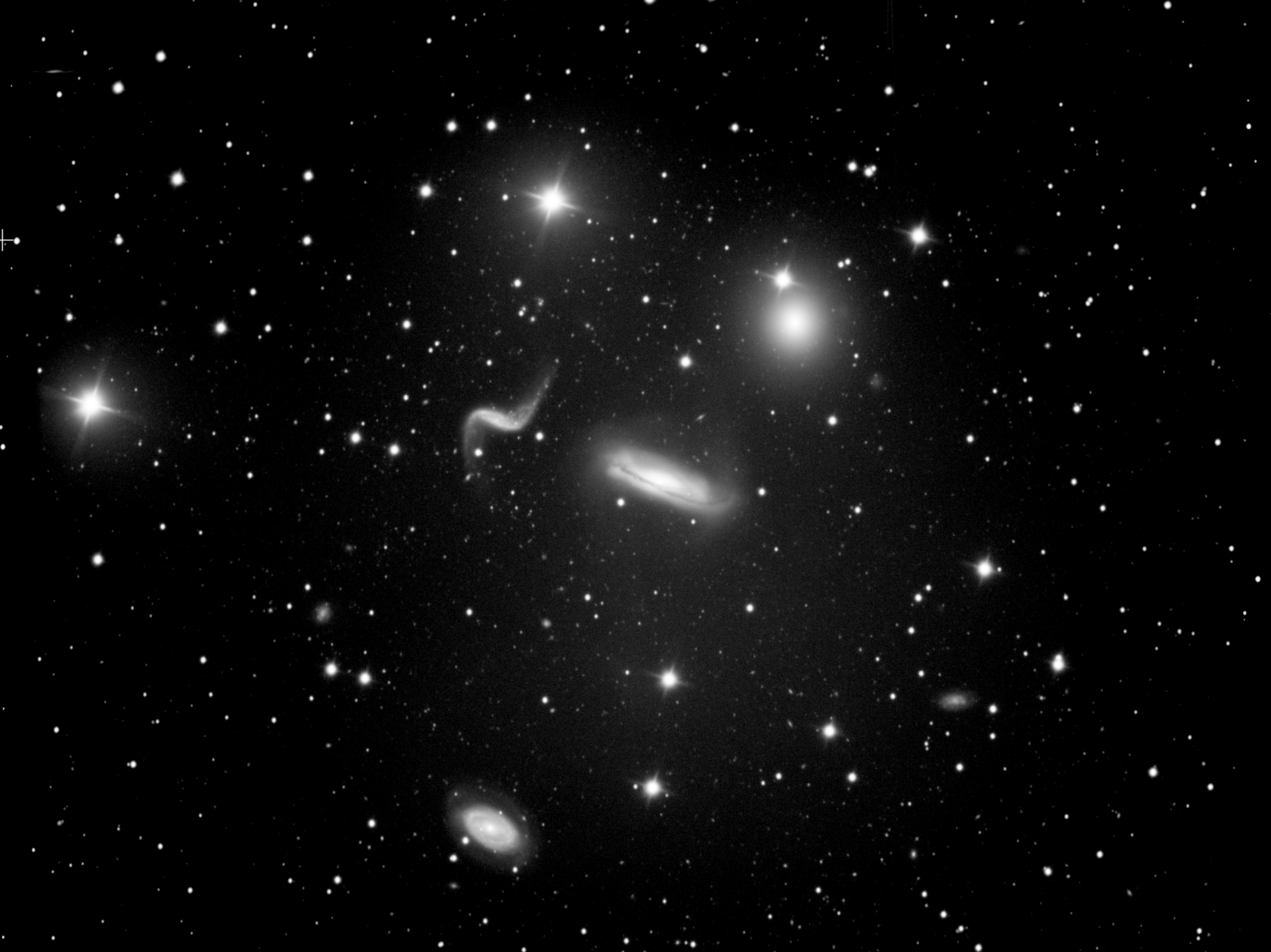
This is the LEO Quartet (some 8o million light years away) shows 4 different types of galaxies - spiral, spherical, barred spiral and peculiar. DFY_FRO_NMS

Galaxies everywhere here in the Perseus Galaxy Cluster, and at the center, the massive active Perseus A galaxy over 100,000 light years across and 230 million light years away! DFY_FRO_NMS
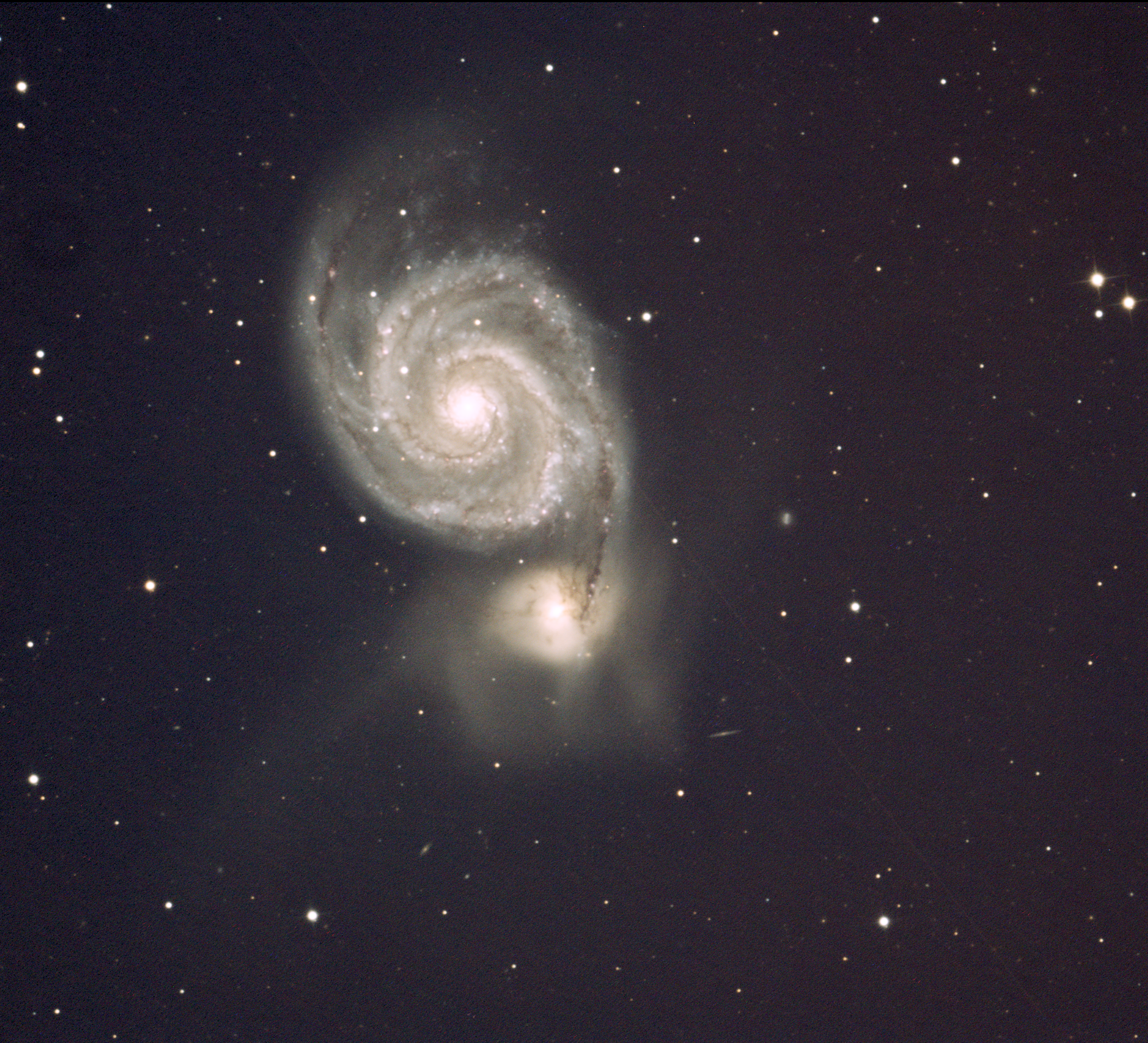
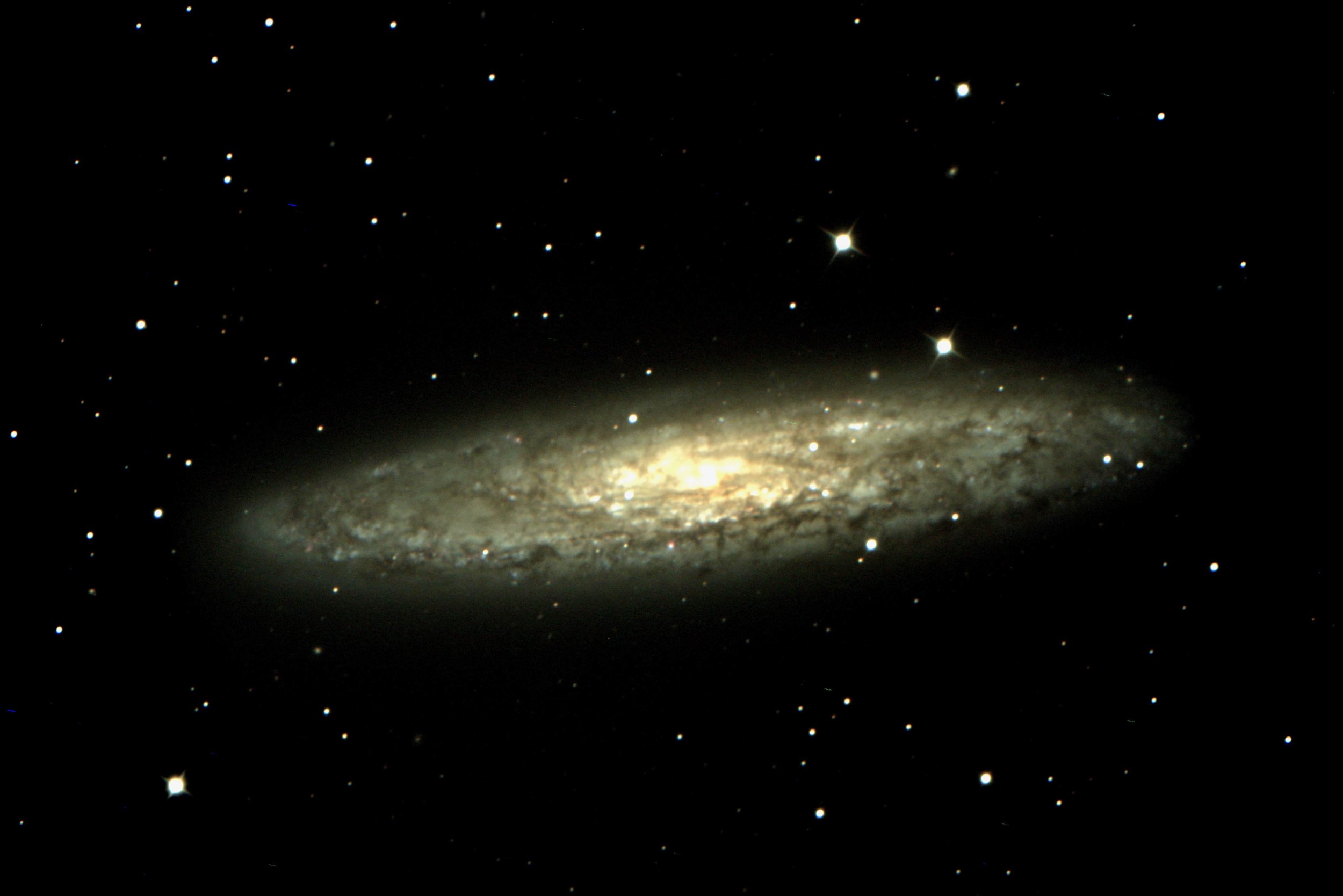
The mysterious Sculptor Galaxy, some 11 million light-years away is an active starburst galaxy. At its center is a massive black hole some 5 million times the mass of the Sun. This is taken from the observatory in Burnt Jacket.



From the observatory's gallery, you can use your iPhone camera to capture scenes like this from the Big Screen - here is the center of our nearest neighboring galaxy, the Andromeda Galaxy about 2.5 million light years from Earth.



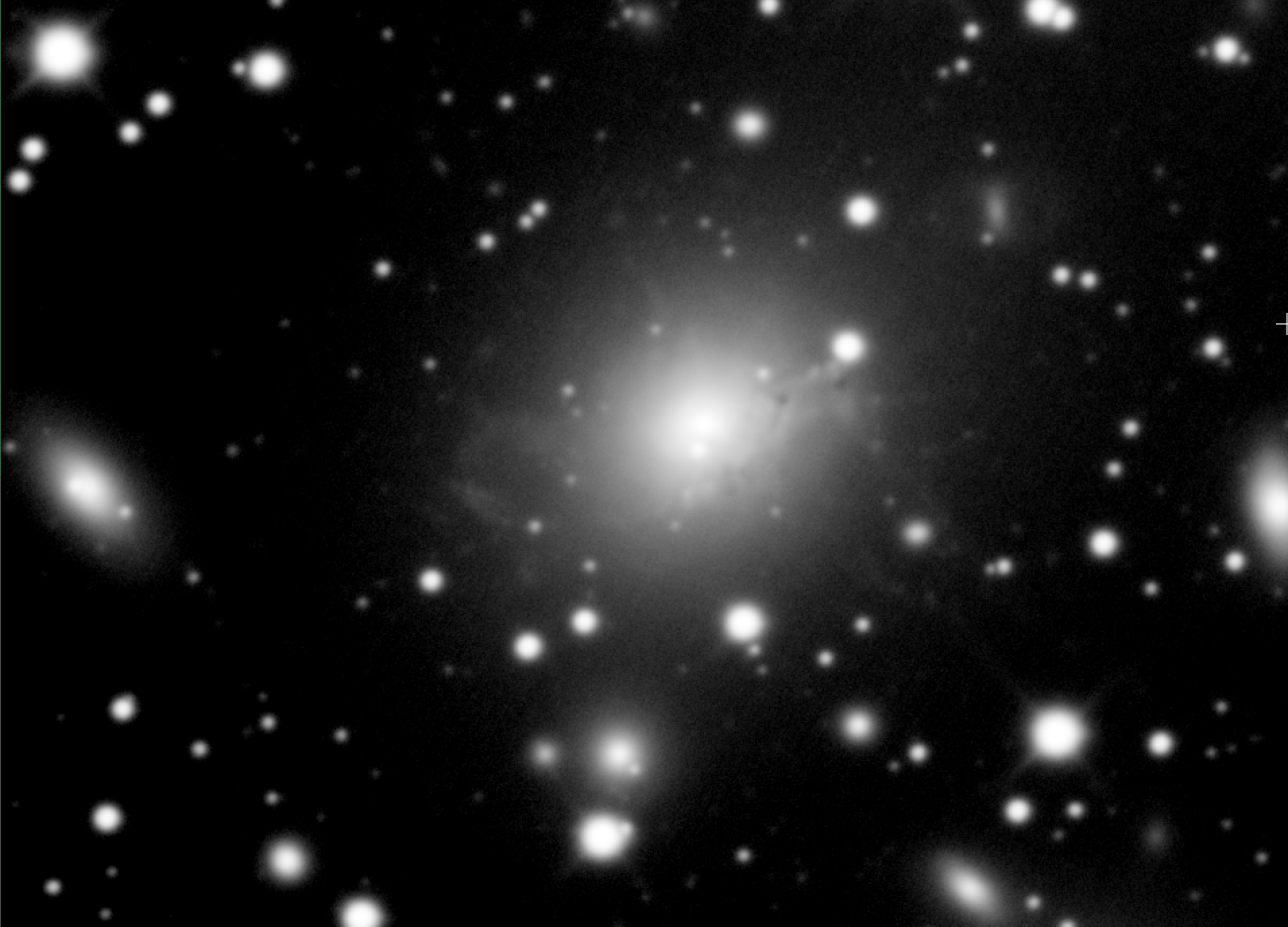
NGC 1275., a supergiant elliptical galaxy and a high-velocity system, 225 million light years away, contains a supermassive black hole at its center powering particle jets, the black hole and inner central core contain some 800 million solar masses. DFY_FRO_NMS

Alnitak is the easternmost star in Orion's Belt and 800 light-years from Earth. It's a Blue Supergiant some 33 times the mass of the Sun and 10,000 times brighter burning almost 200 million tons of its fuel every second. It's so energetic that its light energized the gas cloud nearby. .

Cold winter nights show the marvels in Orion - here a reflection and star formation region about 1500 light years away - - "Running Man" designated Sharpless 279. It is located north of the Orion nebula about .6 degrees.

Of course, no better time than winter in Maine to see the Great Nebula of Orion. Look with binoculars at the fuzzy patch at bottom of Orion's sword.

A keyhole in space .....

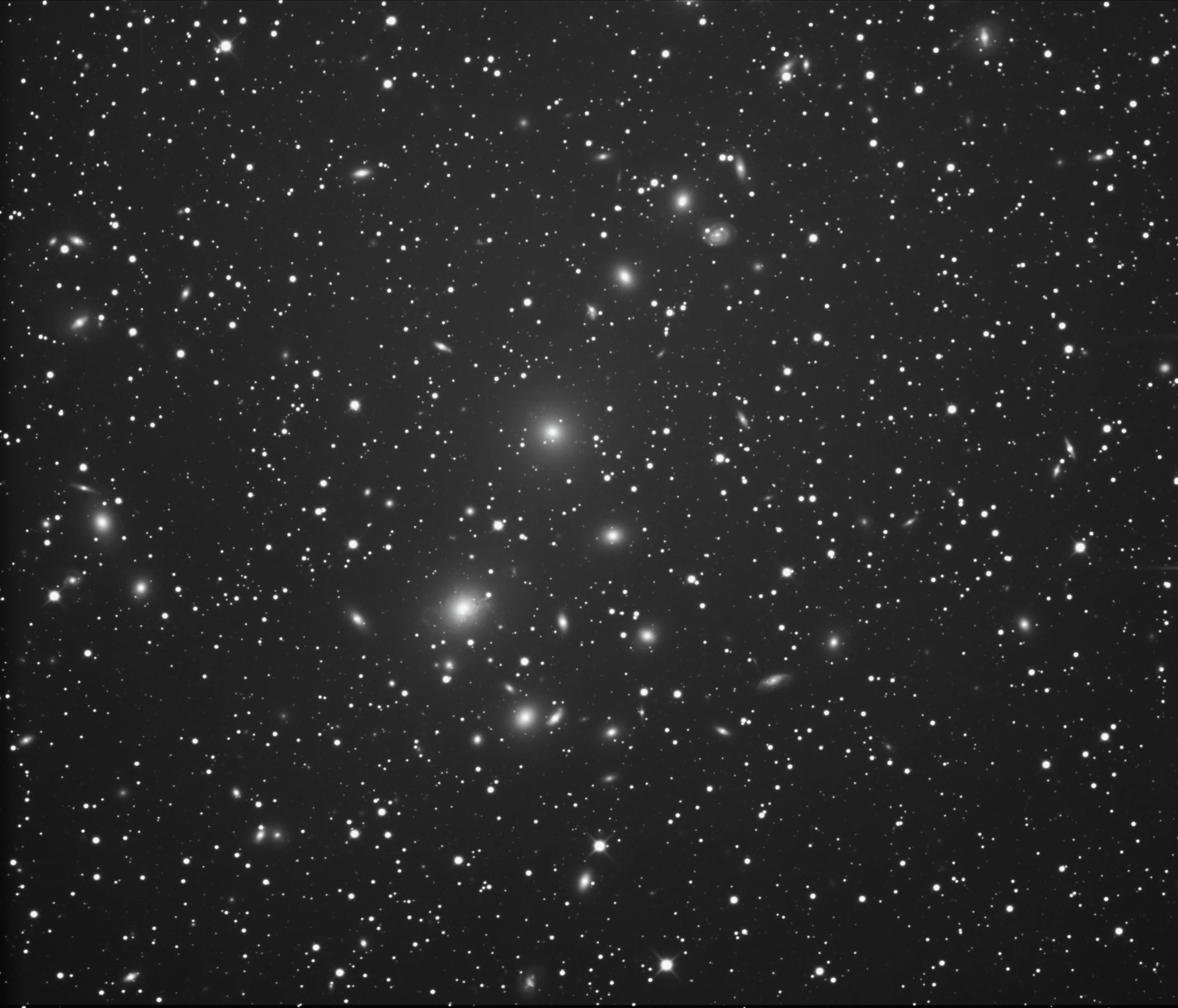
Galaxies everywhere here in the Perseus Galaxy Cluster, and at the center, the massive active Perseus A galaxy over 100,000 light years across and 230 million light years away! DFY_FRO_NMS
